-
Posts
2.332 -
Joined
-
Last visited
-
Days Won
60
Posts posted by Sundiata
-
-
20 hours ago, Nescio said:
I'll just copy-past this response from another recent thread, + few additions:
SpoilerPiye (r. 744 BC–714 BC) himself mounted a chariot in the Great Triumphal Stela of Piye, from the Amun Temple at Napata, Year 21. Ca. 727 BC.
"Off sailed His Majesty northward to the harbor of the Hare Nome [Hermopolis].
His Majesty’s coming forth from the cabin of (his) bark,
yoking with horses and mounting on a chariot.
The awesomeness of His Majesty reached the Asiatics,
every heart trembling at him."Piye's chariots are not only mentioned in the stele, his chariots are actually depicted in the fragmented reliefs of the Amun Temple of Napata (NE tower of the second pylon):
Piye's forces capturing Egyptian chariots, from the Amun temple in Napata:
Mentions of Kushite horses, chariots and charioteers from Assyrian records:
The Horses of Kush, by Lisa A Heidorn,
Article on the burial of a chariot puling horse from Tombos, northern Sudan, from the proto-Napatan Nubian Dark Ages (950 BC):
https://www.futurity.org/horse-burial-upper-nubia-1742022-2/
Chariots continue to be depicted in the Meroitic Period. A chariot is depicted in the reliefs of temple M 250, late 1st century BC, in a militaristic context followed by bound captives. Most of the surviving reliefs from this temple depict battle scenes.
2 chariots from a 1st century BC relief from a kiosk at Napata, possibly a processional scene.
Several biblical sources also make a clear association between chariots and Kushites, such as Acts 8:27-28 and 2 Chronicles 14:9.
It should be noted that Kush, as an Egyptian province, was producing and exporting chariots to Egypt since the New Kingdom at least, as they are included in Kushite tribute scenes from Thebes. Tributed chariot on the right, among the other tributes (below the chairs). Note that the Kushite royal lady is also mounted on a cattle drawn chariot, which is also identical to Egyptian designs...
Procession of Taharqa in Napata, with nice example of a Kushite chariot in the left corner:
Amanirenas' chariot in-game
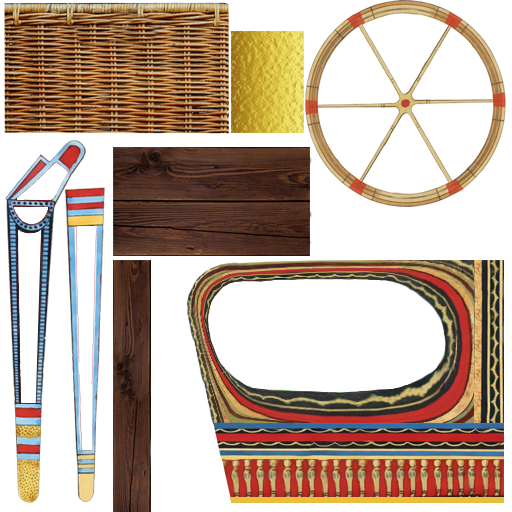
-
 1
1
-
-
1 hour ago, Genava55 said:
But as you are proposing to do two different sets, distinguishing the Thracians and Odrysians, and as nobody is complaining (silence means consent),
Hmmm, I don't think silence means consent. Thracians with both "traditional" as well as Odryssian Kingdom references is perfect in my opinion, as they coexisted.
On 9/28/2020 at 3:05 PM, Genava55 said:This is why I suggested making a design that could fit a few Hellenized buildings. All woods make the Hellenic buildings super-ugly. Stones or stone and wood could be a better design. And when I mean stones, I don't necessarily mean Hellenic super polished buildings with cutted stones.**
The two capitals were Helis and Seuthopolis, just sayin'...
Stone and wood is good. But the stones should actually be well cut in the Hellenistic inspired structures. But most Thracian architecture wasn't Greek style cut stone. Thrace was relatively densely populated, and sites like Seuthopolis and Helis (isn't that one Getic?), definitely represent a fractional amount of the population. So indeed, good references for elite structures, but not for the rest.
1 hour ago, Genava55 said:I think it is better to keep a design entirely based on wood for the Dacians because there are less alternatives in their case.
But the Dacian capital Sarmizegetusa also featured stone architecture and even a stone paved road. It's better to just use Dacian references for the Dacians and Thracian references for the Thracians, regardless of comparisons between the two. They shouldn't be artificially contrasted, nor equated. There's enough material in this thread to create a number of referenced structures, unique to Thracians, as well a number of referenced structures for Dacians. That should be the start.
12 hours ago, Genava55 said:That's a Labrys. Labrys is a ceremonial axe.
12 hours ago, Duileoga said:12 hours ago, Genava55 said:Here's an article about a Thracian axe recently returned to Bulgaria. A Bulgarian archaeologist describes it as a Labrys, and points out it was probably a battle axe, also saying "She points out that the Ancient Thracians used the double-bitted labrys ax for both battle and hunting as well as a cult (religious) artifact, and a symbol of power."
The axe looks a lot more functional than ceremonial axes (more ornate ceremonial axes usually don't look so functional):
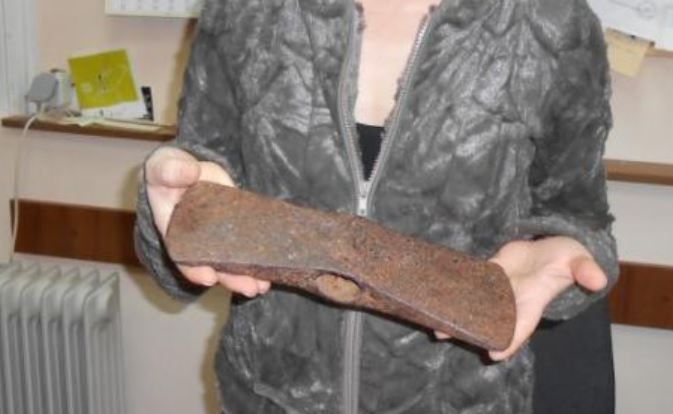
And at least one Thracian mural shows it's functionality as more than just a religious symbol:
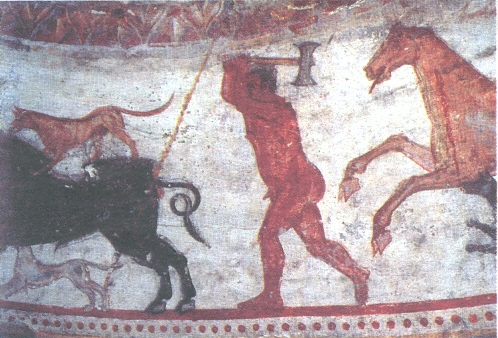 1 hour ago, Duileoga said:
1 hour ago, Duileoga said:Una idea posible , sería hacer que para los tracios , las dos primeras fases estuvieran basadas en casi madera con un estilo único y al llegar a la tercera fase (fase urbana) barios edificios sino todos , pasasen a tener más influencia helenística representando así su evolución al "Reino Odrisio" e incluyendo unidades algo helenizadas para la tercera fase de las unidades.
Something like this would be cool.
-
 2
2
-
-
I recently came across a very rare photograph of a decorative Meroitic period stone cut window featuring some kind of figurative lattice work, from Qasr Ibrim, which was in itself a pretty interesting architectural feature that I was unaware of. It's is a figure of a man, carrying an elephant on his shoulders, comparable to a mural from the royal city in Meroë, with noticeable Hellenistic influence and possibly represeting a Nubianized Heracles:
The mural from Meroë?
More cool shots of Qasr Ibrim:
-
 2
2
-
-
2 hours ago, Genava55 said:
Since the Thracians of the Odrysian kingdom were heavily Hellenized, I don't think a wooden design is suitable.
22 minutes ago, Genava55 said:Maybe it could work better for the Dacians, are you thinking about a design based on wooden planks, wooden beams and wooden tiles?
Definitely, there was a lot of Hellenization in Thrace, especially the Odryssian Kingdom, but I don't feel like going full Hellenistic is the right choice. It's my impression that outside of a few royal centres, Hellenistic modes of living weren't as pervasive as you'd expect from truly Hellenistic states. Hellenistic influence seems to be much more of an elite thing, hence it's relevance for elite structures, but Thracians weren't highly urbanized and these Hellenistic style displays of wealth and power probably aren't representative for all of Thrace. So I'd propose of mix of rural Thracian style (lots of wood) for non-elite structures, and Hellenistic influence in elite structures.
-
 1
1
-
-
29 minutes ago, mysticjim said:
and infrequent social media posting generally
I take responsibility for that. I've been very inactive, both here on the forums and on social media the last couple of months because of other engagements and, personal reasons... In fact, I even owe you a PM response which I've neglected and apologize for. Expect more activity and engagement in the near future.
But there's no reason for anyone to think that the project is dead. As the project develops, demands and expectations grow, and Alpha 23 and Alpha 24 have been very demanding on everyone involved in development. But a lot of work really does go on, a lot of work that's difficult to communicate to the community because it's too technical. But people are working on it, every day:
-
-
1 hour ago, Nescio said:
Thanks man...
1 hour ago, Nescio said:Actually something has to exist before it can be enabled, i.e. art has to be created first, unused assets are fine; a gameplay patch can follow later.
I'll see if I can whip up another texture in the coming days/weeks
-
14 hours ago, jesper said:
hello i have some ideas for new nations in 0ad. 1. the minoer 2. the hittite 3. chinese 4. etruscan 5. byzanthines i think its very cool to have this civilisations in the game.
For the (Han) Chinese, see the mod Terra Magna, available through the in-game mod-downloader.
https://0ad.mod.io/terra-magna
For the Byzantines, see the mod Millennium AD, also available through the in-game mod-downloader.
https://0ad.mod.io/millennium-ad
For the Etruscans, there's already a small reference thread:
They're pretty cool, and definitely fit 0AD's timeframe. But development of this civ is honestly still a long way off, in the best scenario.
The Hittites and Minoans are Bronze Age civs that predate 0AD's timeframe by more than 600 years.
-
1 hour ago, Stan` said:
I know someone hasn't read his emails

Sorry, my inbox was/is a mess
 I just read the last mail.
I just read the last mail.
I really hope the man is ok...
What about @LordGood? Any spare time/interest in this?
9 hours ago, Abdominin said:darn, I made a huge mistake. Really sorry.
No problem man... I've seen it associated with Piye before myself, so it's an innocent mistake...
9 hours ago, Abdominin said:But either way, is possible that was(or not) the inspiration for the Kushite ram.
Yeah, it might be. I think it's ok for a reference. A bit unique, which is good.
9 hours ago, Abdominin said:does Kush have a Chariot unit? Or is only limited to their heroes?
For now only limited to Amanirenas. We'd need another "less-royal" chariot texture for a general chariot unit. But it would require consensus in the balance department to actually get in-game, which isn't straightforward. We still have some time to discuss it further before Alpha 24 drops, so we'll see if there is any appetite for a Kushite chariot unit.
-
 1
1
-
-
1 hour ago, Abdominin said:
I'm sorry to disappoint, but it's not Kushite, but Egyptian. It's from Beni Hasan, Tomb No. 17 (BH17), Oryx Nome, Middle Egypt, 11th or 12th Dynasty/First Intermediate Period. The tomb belonged to Khety, a local governor.
https://digi.ub.uni-heidelberg.de/diglit/newberry1893bd2/0116
Similar to 2 other scenes from Beni Hasan (probably depicting some kind of civil war):
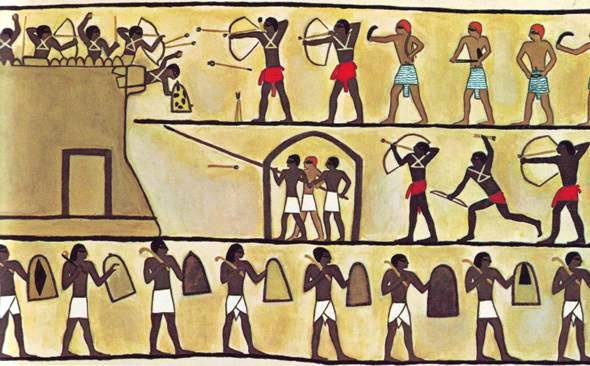
Definitely valuable towards understanding early Egyptian siege warfare, but not a primary reference for Kush (though some of those warriors are undoubtedly Kushite). That said, I do support using these as inspiration for Kushite rams nonetheless. Instead of being wield around, these would be carried around. When it moves, you'd see it being lift off the ground, and when it's stationary/attacking, it would sit on the ground.
1 hour ago, Abdominin said:Is there a way to get this added to Kushite military in the upcoming alpha 24 update?
It requires 3D art and animations. I don't know if @Alexandermb has time and internet access these days?
-
Cool...
-
3 hours ago, Nescio said:
Nothing.
All I did was post what Herodotes wrote on Ethiopian troops. The fact they used stone-tipped arrows struck me, and reminded me of an article I read last time we discussed Kushite iron, which I gave. That's all.
It also struck me, which is why I insisted on the importance of the Nuba mercs (should be renamed "Noba"), to correctly represent the diversity of the armed forces to the disposal of Kush, from peripheral tribal levies to elite, New Kingdom style and unique Meroitic age warriors. For the period relevant to 0AD, all those types would have been present, for the duration of 0AD's timeframe, with the exception of the Meroitic types which of course, would only become a thing from the 3rd century onwards. But again, this "problem" is something specific to 0AD, not the Kushites.
3 hours ago, Nescio said:I'm not trying to prove Kushites didn't have iron. Nor do I really care when or where they first started producing it. Though it would be nice to know if and when the rank-and-file adopted iron-tipped arrows.
I honestly don't know for sure, but again, there's little relevance for 0AD... They used stone, bronze and iron arrowheads during 0AD's timeframe, iron probably becoming progressively more common, like everywhere else. If you want to use this information for specific archery techs, that could be cool though. Beginning with stone tipped arrows, you could research a "bronze tipped arrows" tech, then an "iron tipped arrows" tech, and even an "barbed arrows tips" tech (though the bronze arrow heads could be barbed as well). But this progressive tech tree is not necessarily going to be more historically accurate.
3 hours ago, Nescio said:Ethiopia is everything south of Egypt (or India). And they were armed men, not captives (i.e. slaves): they came from entities that deemed it opportune to send auxiliaries to the Persian ruler, for whatever reason. So yes, it's unclear where exactly they came from, though it must have been from within the wider Persian sphere of influence.
Kush and the Achaemenid Persian Empire bordered each other. Kush and pre-Kushite Sudan has a long history of supplying their northern neighbor with mercenaries and levies. Since the Old Kingdom, they literally came from all over Sudan, in considerable numbers. If the Kushite state was supplying these armed men to Persia, they were probably not "free men". Especially when considering the way they are described, it's clear that they came from areas that Kushites raided for slaves, as depicted in some Meroitic Period reliefs. Either way, slaves or not, there's no reason to think they came from Lower Nubia, nor any reason to think they came from an area under direct Persian influence, which is the crux of my point.
Anyway, Herodotus said a lot of things, some more reliable than others, and often apparently mixing kernels of truth with fantasies. He's often a bit of a problematic source. Not saying he's without value, on the contrary, but his value lies in those elements that can be corroborated from other sources. Lets see what else he says about the Aethiopian Persian relations:
"On tribute levied by Cambyses on Aithiopia. Ca. 450-430 BC. Herodotus 3.97.2-3.
Now the following were not required to deliver any tribute, but did bring gifts: the Aithiopians along the Egyptian borders, whom Cambyses subdued when he marched against the long-lived Aithiopians, ... who live around the holy Nysa and celebrate the festivals for Dionysos. [These Aithiopians and their neighbours have the same kind of semen as the Callantian Indians, and they have subterranean dwellings.]85 [3] These two peoples together used to deliver every second year, and still deliver in my time, two choinikes of unrefined gold, two hundred logs of ebony, five Aithiopian boys, and twenty great elephant tusks."
The immediately obvious remarks that need to be made here, (aside from "subterranean dwellings"?? Allusion to troglodytes from Libya?), is that they were not "required to deliver any tribute, but did bring gifts", indicating royal gift-sharing, common in the ancient world. Secondly, and more importantly, neither ebony trees, nor elephants are locally available in Lower Nubia, which means that the ebony logs and elephant tusks purportedly gifted by the Aithiopians did not come from Lower Nubia, but were exported from the south. The same might well be true for the 5 Aithiopian boys, which in itself is indicative of a human trade as well.
Some further comments from Fontes Historae Nubiorum on the Aithopians fighting in Xerxes' army:
"Comments
“The Aithiopians...” described as fighting in Xerxes’ (486-465 BC) army go into battle painting their body half white and half ochre and carrying arrows with stone tips like Africans (cf. Zahan 1975). If there were in fact Aithiopians of this sort serving in Xerxes’ army, they must have been recruited from the southern fringes of Kush. Actual contacts between Egypt under Xerxes’ rule and Kush are indicated by the fine Attic plastic rhyton made and signed around 470 BC by the potter Sotades and found under pyramid Beg. S. 24 at the Meroe South Cemetery (Dunham 1963, 383, figs 212- 215; for its dating see Török 1989, 118 f. no. 1). This rhyton and other works of Sotades (cf. Kahil 1972) were made for an oriental, i.e., Persian clientèle: the Meroe rhyton is decorated with scenes of battles between Greeks and Persians in which it is the latter that are victorious. The find of a related rhyton of Sotades at Memphis (ibid.) indicates what is also otherwise evident, that the Meroe rhyton came from Egypt and it is tempting to suppose that it was a diplomatic present sent to the king of Kush by Xerxes’ Egyptian satrap. Kushite presents, among them Herodotus’ soldiers, may have been sent north in exchange (cf. Török 1989, 69)."
3 hours ago, Nescio said:The Abdu and Gordon 2004 and Humphris and Scheibner 2017 analysed different things from different areas using different techniques; the latter does not supersede the former.
It does, with regard to your assertion that Lower Nubians, or even Kushites didn't know or use iron weapons in the 5th century BC.
3 hours ago, Nescio said:That's a bit misleading:
No, you were being misleading by drawing different conclusions than what the expert analysis is pointing out, which is literally that iron production in Meroë was "certainly flourishing from the sixth century BC."
2 hours ago, Nescio said:Nonetheless, it's important to carefully read what the article really says, and look at the actual data before jumping to conclusions, hence why I pointed the appendix.
But I was not jumping to any conclusions, and I was not the one having difficulty understanding the paper, nor the paper you linked. I literally parroted the most up to date expert conclusions and had to point out to you the glaring faulty logic in using Meroitic Period finds from Arminna West to draw conclusions about Napatan Period iron production at Meroë. Just to be perfectly clear, I'm not the one challenging an increasingly growing scholarly consensus. Large scale iron smelting at Meroë definitely dates to the Napatan Period, if not earlier.
2 hours ago, Nescio said:This I fully agree with, hence https://code.wildfiregames.com/D2815
3 hours ago, Genava55 said:I'm glad we occasionally agree on things
 2 hours ago, Nescio said:
2 hours ago, Nescio said:Again, I'm not trying to disprove Kushite iron.

I understand, but from the way you framed your posts and dismissed the conclusions of some of the most up to date, and most comprehensive research on the topic to date, it seems that you were denying the presence and/or importance of iron production in the Napatan Period, and conflating peripheral tribals with the much more sophisticated Lower Nubians.
-
28 minutes ago, Abdominin said:
Collins, Robert O.; Burns, James M. (8 February 2007). A History of Sub-Saharan Africa. Cambridge University Press. ISBN 9780521867467 – via Google Books.
Evidence that Kush used blast furnaces and bloomery from the 7th century BC.
Humphris, Jane; Charlton, Michael F.; Keen, Jake; Sauder, Lee; Alshishani, Fareed (2018). "Iron Smelting in Sudan: Experimental Archaeology at The Royal City of Meroe". Journal of Field Archaeology. 43 (5): 399. doi:10.1080/00934690.2018.1479085. ISSN 0093-4690.
More evidence :
Edwards, David N. (29 July 2004). The Nubian Past: An Archaeology of the Sudan. Taylor & Francis. ISBN 9780203482766 – via Google Books.
Kush was an iron age civilization no doubt.
Thanks.
20 minutes ago, Abdominin said:Also @Sundiata, what about the Kushite battering rams. They were similar to the Assyrian but not so large.
I'd refer you back to the other thread I previously linked, but I believe the battering ram is a controversial translation of the "wooden helper" that Piye used at the siege to overcome the enemy walls, and is more commonly held to be a siege tower, which is in-game. To clarify, I do actually think they had battering rams, but there's no direct evidence that I'm aware of. I'm actually in favor of a Kushite battering ram. I think every civ should have them.
23 minutes ago, Abdominin said:and it was effective as seen in the damage of Helliopolis' walls.
I'm not familiar with the source for this. Do you mind sharing it with us?
-
 1
1
-
-
3 hours ago, Nescio said:
The passage in question is what Herodotus believes to have been the situation during the war c. 480 BC. It's unlikely the Persians had conquered Kush proper, so the “Ethiopians above Egypt” presumably came from the vicinity of Egypt, i.e. Lower Nubia, hence me pointing out Abdu and Gordon 2004.
If the archaeological record doesn't support this, then what's the relevance of Herodotus passage with regard to Lower Nubia? The description is entirely in line with the populations to the South and West of Kush proper. Not with the Lower Nubians to their north. Lower Nubians were thoroughly Egyptianized by the New Kingdom (a process that started in the Middle Kingdom), and was preserved during the "Nubian Dark Ages", and continued strongly into the Napatan Period as well. They were an intermediate/mixed population living in Egyptian style towns for the period being discussed here. Applying Herodotus description to these people is far beyond reasonable. In addition to this, there's another textual source that escapes me for now that states that "Ethiopia" supplied the Achaemenids with a certain number of slaves each year. Knowing this, it becomes obvious that the "Ethiopians" in Persians armies may have come from anywhere in or around Kush. They presumably weren't "captured" by Persians in Lower Nubia, but captured by Kushites somewhere in Upper Nubia or beyond, and traded via Lower Nubia, by Kushites to the Persians in exchange for luxery items, political favor or other things.
3 hours ago, Nescio said:It's well sourced, peer reviewed, and also referenced in Humphris and Scheibner 2017. You can try a Sci-Hub mirror, e.g. https://sci-hub.st/https://doi.org/10.1016/j.jas.2003.12.011
Indeed, it was a quality paper, but it is currently outdated... Written in 2003, published 2004... A lot has happened since then.
Did you actually read it well? Because the assertion that Kushite iron smelting doesn't predate the 5th century, or even the Meroitic Period, based on the finds from Arminna West, makes no sense whatsoever. Arminna West wasn't even occupied by Kushites until the Meroitic Period. Looking for evidence of Napatan Period iron smelting in a site that wasn't even occupied during the Napatan Period, in a region that was never a producer of iron, is, sorry to say, ridiculous...
Again, what's the relevance of this table from a site that was not even occupied during the Napatan Period? It's not even close to Meroë, where most of the iron was actually produced. Lower Nubia doesn't even have wood resources for iron production... :
3 hours ago, Nescio said:3 hours ago, Nescio said:And points out significant differences (chemical composition, metallic structure, quality) between various periods. Moreover, Meroitic ironmaking is clearly distinct from both the Mediterranean and Egypt, and sub-Saharan Africa, indicating a different origin.
I'm not saying anything about the "origins of" (better said, "innovations in") Meroitic ironmaking or smithing techniques. I'm talking about the antiquity of Kushite iron smelting... It predates the Meroitic Period by centuries. We've already known this for years...
3 hours ago, Nescio said:That's not what the article says. That's not what the article says. Figure 4 indicates error bars; for more details, see the tables in Appendix A. It's possible ironworking there was ironworking at Meroë in the 8th C BC, but that's not the same as “well established”.
I said "well established" by the 6th century, not 8th century BC... But it was probably already established by the 8th century BC. Yes, that's the working conclusion from the 97 radiocarbon dates providing us with the current chronology, from samples that didn't even reach the lowest levels.
QuoteChronology
The radiocarbon dates (see Table 1a and b, and Appendix A 01) indicate that MIS4, and in particular trench MIS4-3-13, contains the earliest slag deposits known at Meroe so far (see also Fig. 4). The formation of MIS4 began at the latest in the fifth century BC and probably earlier. In particular, comparing open sequence models with sequences delineated by outer boundaries, more than 75% of the probability distribution of the earliest date from MIS4 (trench MIS4-3-13, context 4075, R_Combine date) are positioned either between 765 and 605 calBC (open sequence) or between 595 and 411 calBC. In the closed sequences, a smaller distribution lies in the eighth century BC. The early distributions should not be disregarded, both because of the horizontal stratigraphy described above, and because of the significant depth of metallurgical deposits underlying the earliest dates. Weninger et al. (2011, p. 17) also support the significance of the small eighth-century BC distribution: “In the past, radiocarbon dating probability was taken to represent a value (number) attributed to each interval of the calendric time-scale. The new quantum probability is again a number. However, it is no longer valid to assume that the larger this number, the more probable the dating.”
Deposition of metallurgical debris at MIS4 continued to the fourth century BC and possibly to the second half of the second century BC. The stratigraphically deduced formation of MIS4 is reflected by the results of radiocarbon dating. The fact that only one early, but not the earliest date comes from trench 2, which is located in the core area of the mound according to the W-E stratigraphy, can be explained by the higher distance from the base of the mound in trench 2 compared to trench 3.

These aren't small mounds. They're pretty huge (MIS4 is 60 meters diameter, 5 meters high). So big they couldn't even reach the lowest layers at the core. They went to a depth of 2.05 meters in a mound that's 5 meters high. These aren't experimental smelts. These are large scale iron production activities that started depositing large quantities of slag at MIS4 latest in the fifth century BC and probably earlier. The chronology of MIS4 is based on 14 different radiocarbon dates, some of which are clearly clustering on 500 BC or earlier...
Again:
"The early distributions should not be disregarded, both because of the horizontal stratigraphy described above, and because of the significant depth of metallurgical deposits underlying the earliest dates."
Which means that the quantities produced before the earliest acquired dates were already substantial!
Quote"From the time of the Double Kingdom of Kush, (beginning in the first half of the 8th century BC), when Kushite Kings ruled Egypt as the 25th Dynasty, we now potentially have an absolute chronology for iron production at Meroe."
Quote"In general, the iron production potentially spanned well over 1000 years, starting possibly as early as the 25th Dynasty in the mid-eighth century, certainly flourishing from the sixth century BC, and ending during the early Medieval (or transitional) period at Meroe and Hamadab, where it started much later in the mid-third century AD."
3 hours ago, Nescio said:More important than when the first iron objects are dated (e.g. ‘Kushites were capable of making iron arrow points’), is when they become common (e.g. ‘Kushite arrow points were iron’). As for the Near East and Mediterranean, iron objects were already made in the Bronze Age and bronze continued to be used in the Iron Age; nevertheless those periodizations are still useful, since luxury goods and common items are not the same.
So what are you arguing now? That we shouldn't even consider Kushites an Iron-Age civilization, because of your claims based on outdated literature? Yes, Napatans were probably mostly using bronze and can be considered Bronze-Age, but even your own study you linked specifically remarked how heavily corroded those Meroitic artefacts from Arminna were, and that some of them retained little metal... How much worse for older examples? Metal was systematically recycled in the Nile Valley. It's a miracle we still have anything left today. Yet there have still been hundreds of iron artifacts excavated from the Meroitic Period. Most of them nothing more than glorified lumps of iron oxide. We only learn something useful in terms of quantities of iron produced from the slag mounds themselves, which are literally some of the largest in Africa. This production more than likely started before 500 BC, probably in the 8th century BC (and it's firmly Napatan or older in origin). Prior to that they were using bronze. No gazelle horn weapons have been identified so far, but dozens and dozens of bronze weapons are known from the earlier archaeological record. What relevance this has for 0AD, or the early history of iron production at Meroë, I don't know... In fact, they were even using stone arrow heads, in addition to bronze and iron. So should we consider them Stone-Age now?
3 hours ago, Nescio said:Meroitic metallurgy evidently evolved over time; it's plausible Kushites opposing Cambyses' expedition in the 6th C BC were equipped differently from those opposing Nero's expedition in the 1st C AD.
What do you mean "plausible". Of course there were differences... But this is a 0AD-problem, not a Kushites-problem. What that has to do with the history of iron smelting around Meroë is of little relevance... Especially if you're making an argument that they should use sharpened gazelle horns instead of you know, bronze like they've been using for well over a millennium before the starting date of 0AD. The only people for who Herodotus' description is relevant is for the early Noba and other peripheral populations to the West and South.
3 hours ago, Nescio said:How to represent that in the anachronistic fantasy 0 A.D. is, is quite another problem.

What does that have to do with Kushites and their iron smelting specifically? Kushites have both bronze and iron weapons in-game, as they had in real life, throughout the period relevant for 0AD.
-
 2
2
-
-
-
4 hours ago, Nescio said:
Now it is unclear how far Persian influence extended and Herodotus is not always known as the most reliable author, nonetheless, the suggestion that the “Ethiopians above Egypt” didn't have iron weapons at the time (5th C BC) is fascinating,
I discussed this in the opening post of this thread, and several times since. Obviously, the descriptions are referring to primitive peripheral peoples like the early Noba to the west of the Nile. Kushites exported slaves, among other things, to the Persians (as well as receiving Persian luxery goods, attested in some of the recorded Kushite grave goods). These slaves were raided from the Kushite periphery, and may well have supplied the Persians with "Ethiopian" fighters, which is where the primitive description comes from. Not from Kush proper.
4 hours ago, Nescio said:he suggestion that the “Ethiopians above Egypt” didn't have iron weapons at the time (5th C BC) is fascinating,
I already repeatedly pointed out that the Kushites were using iron since at least c. 949 B.C.:
https://www.livescience.com/62419-ancient-horse-burial-tombos.html
And we know that they were already using bronze weapons since the 2nd millennium BC, which Herodotus doesn't mention either...
4 hours ago, Nescio said:“Ethiopians above Egypt” didn't have iron weapons at the time (5th C BC) is fascinating, and consistent with the finds from an article discussed earlier:
Brook Abdu, Robert Gordon “Iron artifacts from the land of Kush” Journal of Archaeological Science 31 (2004) 979–998 https://doi.org/10.1016/j.jas.2003.12.011
which dates “Early Meroitic” iron artefacts to 3rd C BC onwards.
I don't have access to the paper because of a paywall, but if the conclusion is really "dates “Early Meroitic” iron artefacts to 3rd C BC onwards", then it's either of extremely shoddy quality or just hopelessly outdated, or maybe the paper is merely commenting on the artefacts from "Arminna and Toshka West in Lower Nubia", which is the focus of the paper. These sites aren't even close to the main centres of iron production in Upper Nubia far to the south around Meroë.
Let me share the relatively recent results from a proper, quality archaeological investigation into the antiquity of iron production at Meroë and Hamadab:
"A New Radiocarbon Chronology for Ancient Iron Production in the Meroe Region of Sudan", by Jane Humphris & Thomas Scheibner, 2017:
https://link.springer.com/article/10.1007/s10437-017-9267-x

Iron production at Meroë may date to as early as the 8th century BC, or even earlier, perhaps even predating the 25th Dynasty... In any case, it was well established by the 6th century BC.
It needs to be emphasized that these 97 radiocarbon dates were obtained from carefully selected charcoal samples embedded within the iron-slag itself, deliberately attempting to select against the possibility of old wood by subjecting the samples to detailed examination before dating... It should also be emphasized that the earliest dates aren't even from the earliest deposits! There was a "significant depth of metallurgical deposits underlying the earliest dates". These earlier deposits were difficult to reach because of the extraordinary size and depth of the deposit, the iron slag mound in question, reaching 60 meters in diameter and a height of 5 meters above ground level, making it unstable and unsafe to excavate to a depth of more than "2.05 m"..
That paper shows how it's done...
The relative scarcity of iron objects and weapons from early dates is easily explained by the heavy level of corrosion in surviving examples (most of it is just crumbling, unidentifiable lumps of heavily corroded iron), the practice of recycling (and systematic looting), and the fact that they usually weren't even buried with weapons of war to begin with...
-
 1
1
-
-
-
Also in favor

-
 1
1
-
-
1 hour ago, Abdominin said:
@Sundiata, it would have been dope if the Kushites had proper artillery. In one source, there was the description of a machine thrower of stones used in battle by the Kushites. Also, Kush did employ battle rams as seen in their siege if Hermiopolis.
This was discussed in more detail recently here:
The sources are a too ambiguous at the moment for stone throwers. It's possible they had them, but we really don't know for sure. They may have just been referring to slingers. I wouldn't be surprised if more comes to light in future archaeological excavations, or even possible future translations of Meroitic, but not quite yet.
1 hour ago, Abdominin said:I want to understand why Kushite units lack war chariots when they did have.
Amanirenas will have a chariot in Alpha 24: https://code.wildfiregames.com/D2622
I'm not sure if Kushites will have a non-hero chariot unit. It would be historically accurate (same for axe-men). There was some discussion on it recently. Maybe @Nescio can tell us more on the current state of the roster?
-
-
3 hours ago, MrLux said:
I gotta say guys and gals, your passion for history and your hard work of bringing sources and references is really what made me want to contribute to the game. Keep it up, love ya !
Thanks!
We're just getting started...
 3 hours ago, MrLux said:
3 hours ago, MrLux said:and the blue, love that blue.
Ha, the faience is what gets a lot of Nubiologists... Everybody loves it. Faience can be anything from bluish to cyan to greenish. The cyan-greenish pieces are the most common. The technique of faience manufacture was one of the early developments that Kerma was famous for, and Kushites continued to be in love with faience all the way through the Napato-Meroitic Period as well. Some of the pieces could get pretty intricate. Most of them have since lost most of their shine and polish, but they would have been gleaming back in the day.
Kerma-Period scorpion (probably a symbol of royal authority all the way into the Meroitic period):
25th Dynasty, Napatan Ankh, from the Temple of Taharqa, Kawa:
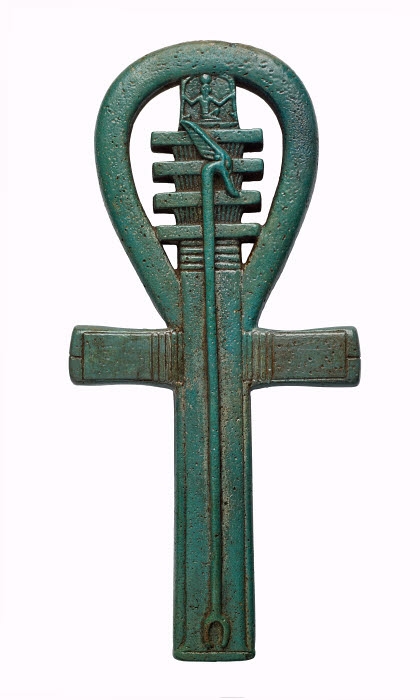
Select Napatan examples:
Meroitic faience "Evil Eye box" from the cemetery at Dangeil:
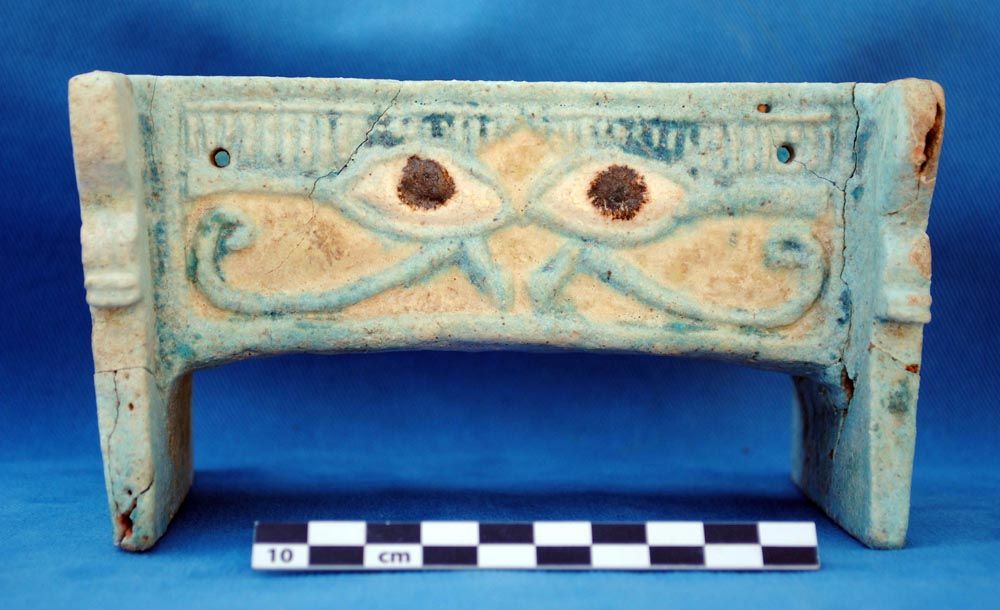
They also imported/looted Egyptian blue faience articles since the Kerma Period, such as the Hippo and pottery shard (left and centre), as well as produce their own Kerma blue faience, like the inlay of a bound captive (right):
-
 1
1
-
-
I still have so so much to post.... And not enough time, but here's a quick in between post: Kerma period Kushite boats / ships:
Considering how difficult it initially was to find quality period references for Kushite ships, it's nice to find the typical Nile Valley ships confidently appear in the Kushite record as early as the Kerma Period.
Hippopotamus hunt:
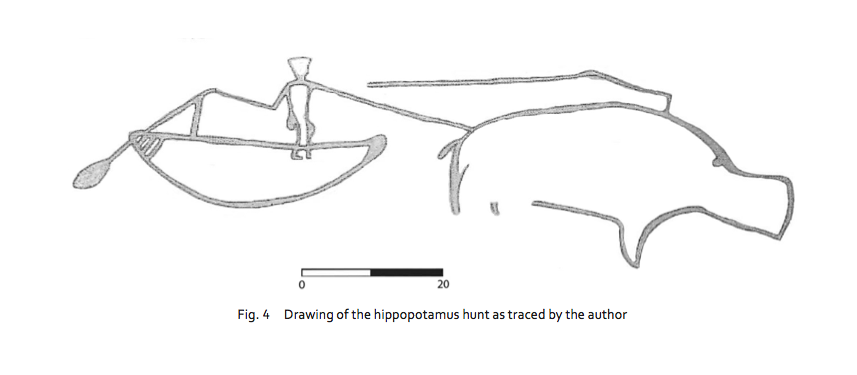
Recorded murals from Kerma, Temple K XI, Eastern Cemetery, depicting a boat with 8 sets of oars, a bull and a donkey (drawing water from a well)
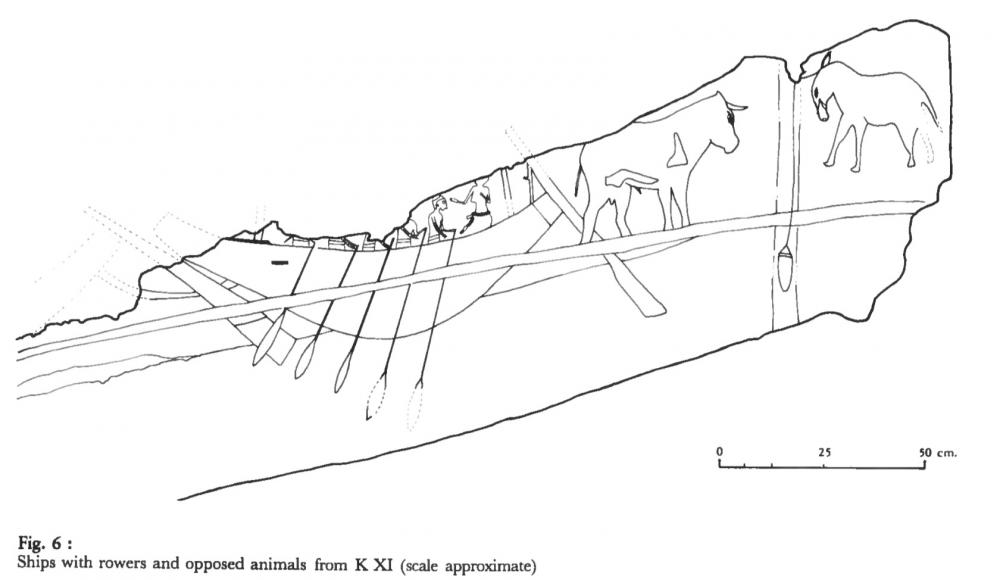
Temple K XI, Kerma Eastern Cemetery, fishing scene:
An interesting note is that the artistic style of these paintings is reminiscent of Pre-Dynastic Egyptian art-styles, but these Kerma examples post-date the Egyptian ones by almost 1,5 millennia, ruling out direct diffusion from Egypt. Possibly the style originated with some common artistic ancestors in the Sahara, where comparable scenes are known from the Neolithic, or perhaps now lost remnants of Pre-Dynastic styles were preserved long enough in Lower Nubia to influence later artistic developments in Kerma. It should also be noted that these were some of the oldest preserved murals from Kush, and older examples may not have survived, obscuring the evolution and true origins of the style.
A fleet of ships depicted in a mural inside Temple K II, Kerma Eastern Cemetery:
I've already posted these temples (KII and K XI), I believe, but considering what a magnificent examples they are of Bronze Age monumental stone and brick architecture in the First Kingdom of Kush (aside from the famous Western Deffufa), I thought it would be nice to post them again. They have almost completely disappeared since Reisner's excavations (which levelled many of the sites) in the 1910's - 1920's, but the photographic record of these excavations still exists. Although virtually unknown, they are extremely valuable. This is where the murals of those boats and ships were recorded:
c. 1750 B.C. - 1480 B.C.
Temple K XI (note the group of people in the right upper corner for scale):
The interior wasn't just decorated with murals, but also featured ceiling blocks with faience inlays:
Kerma Temple K II:
Temple K II is where the 120 cm long faience lion inlays come from:
Location of the temples on the southern fringe of the Eastern Cemetery of Kerma:
-
 2
2
-
-
-
Not saying this needs to be done, but I didn't know where else to share this. I recently stumbled across pictures of Tira, the cutest little zebra I've ever seen, from the Maasai Mara in Kenya, and she has a very rare, and gorgeous mutation:
And she's not the only one either. Another zebra with very similar markings exists in South Africa:
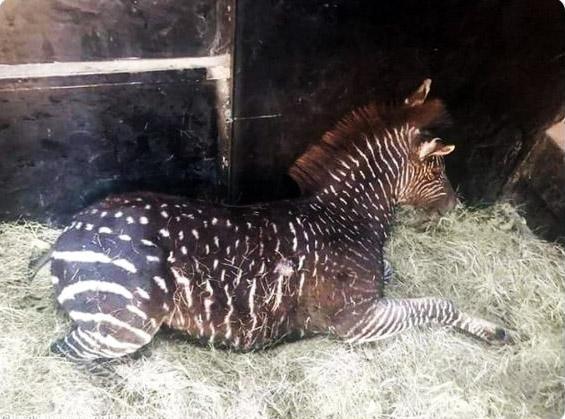
"Blonde" zebras also exist:
And brunettes:

And albino:

King Cheetahs are another rare, yet natural and gorgeous mutation (born to regular cheetahs):


So majestic...

-
 5
5
-

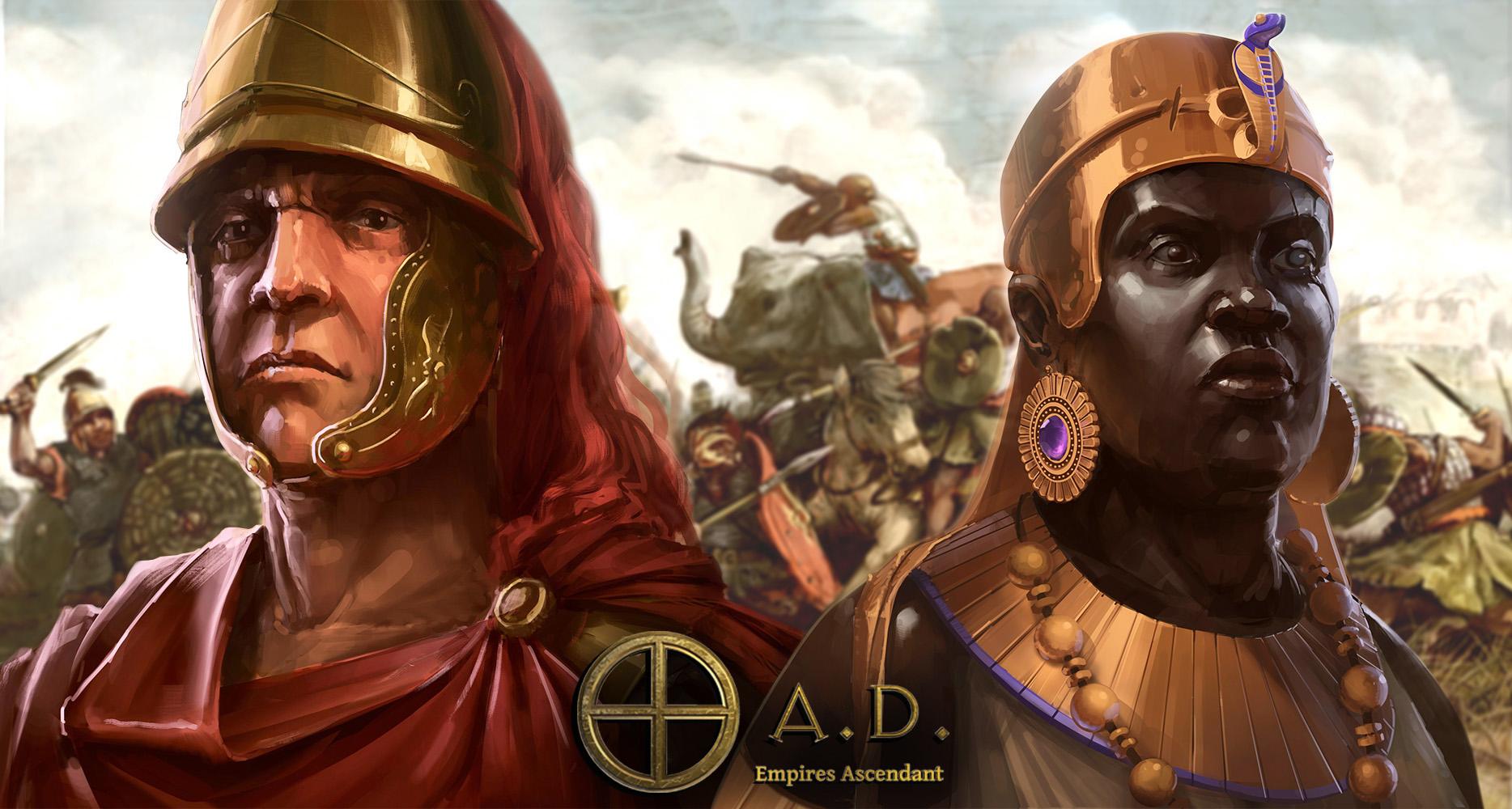

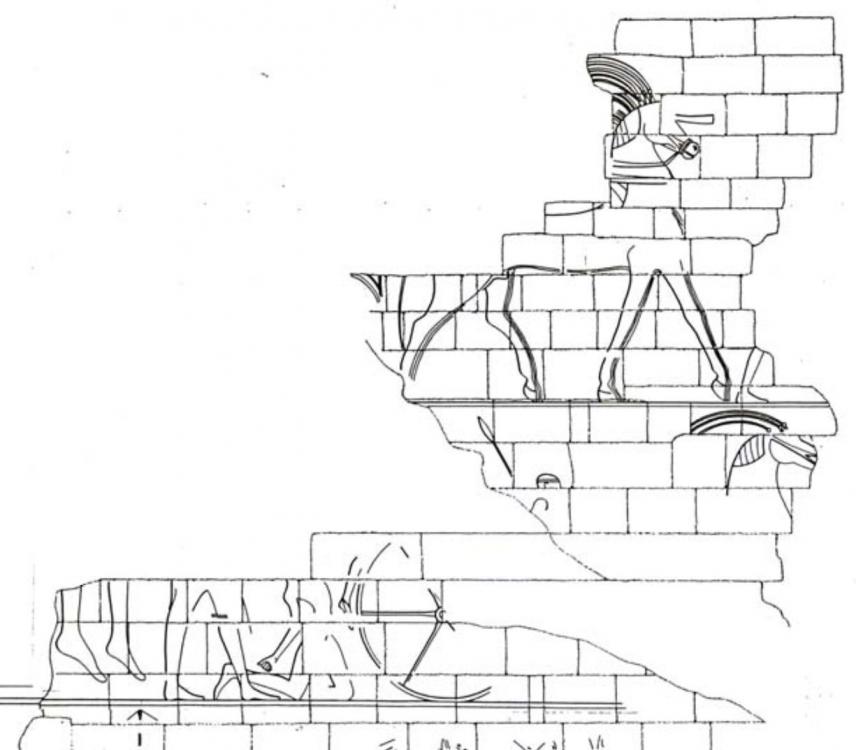
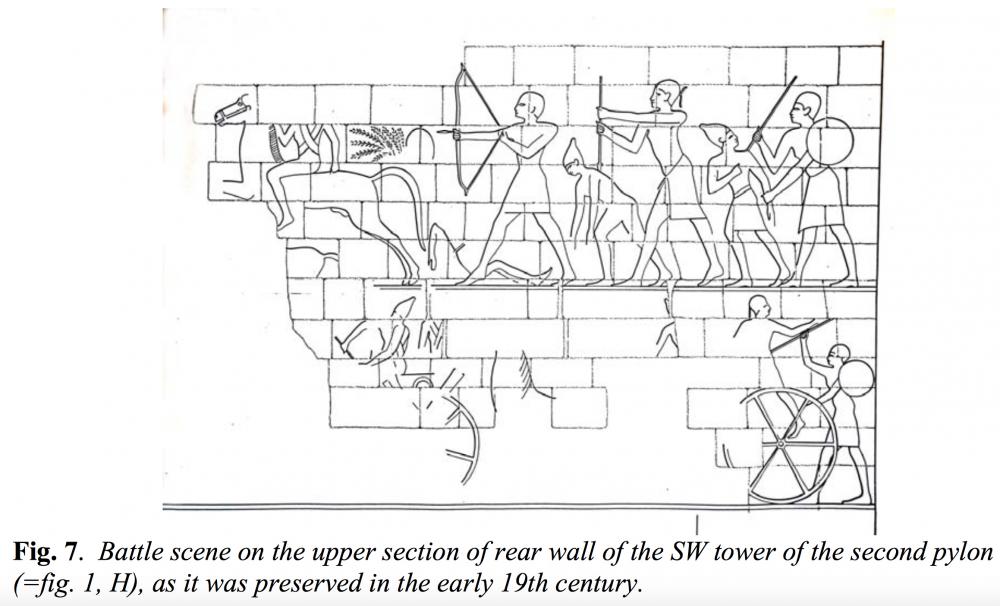
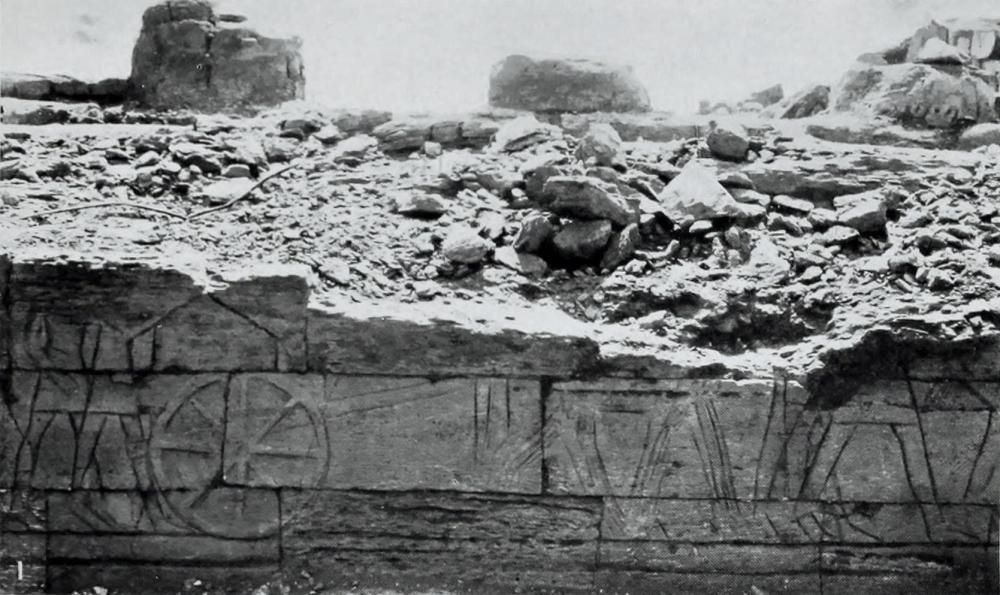
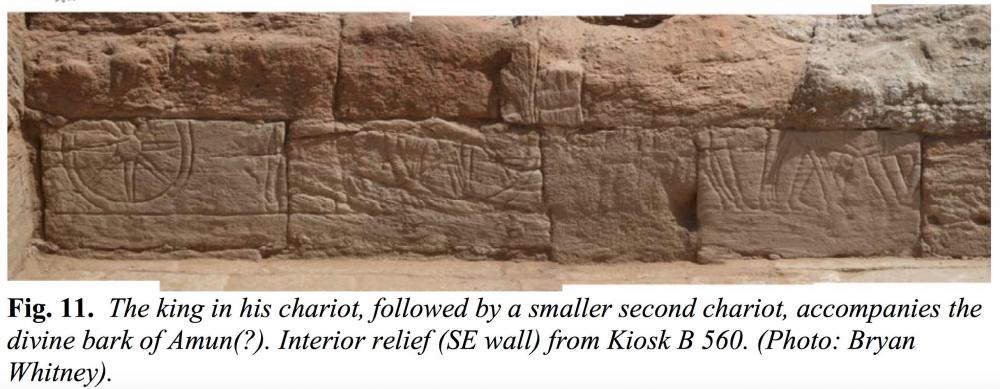

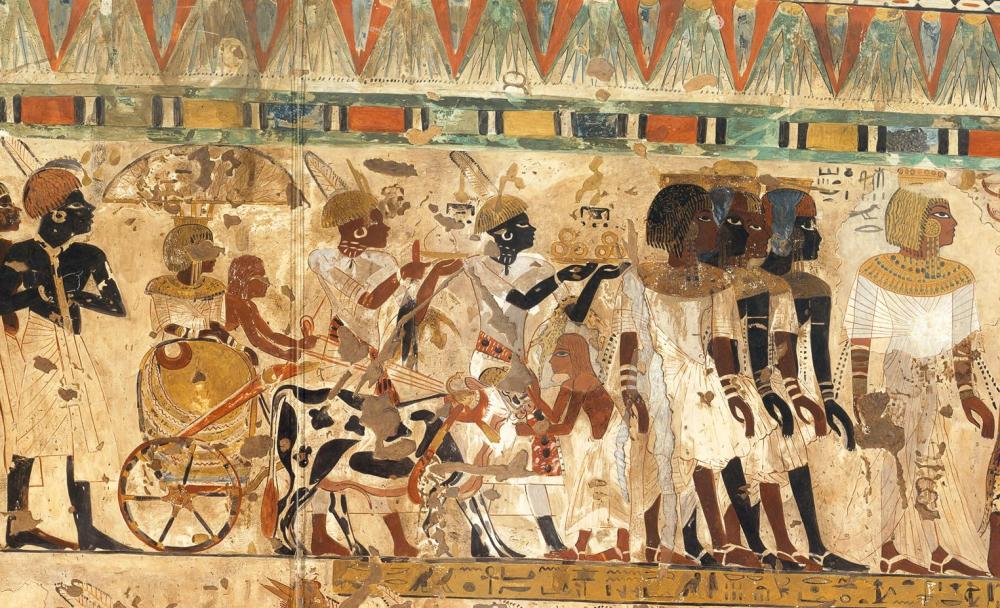
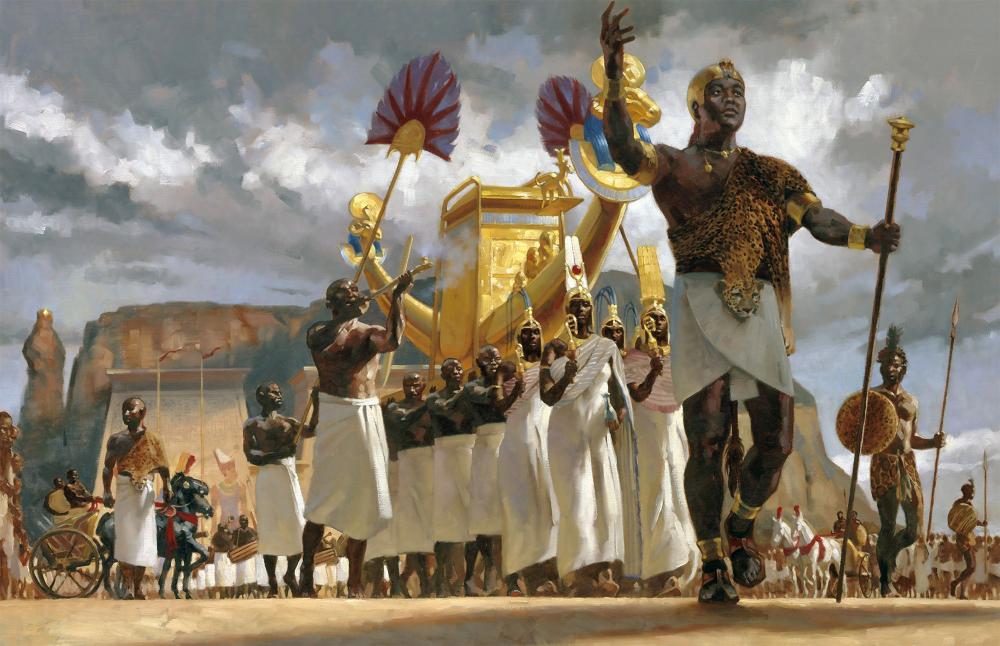
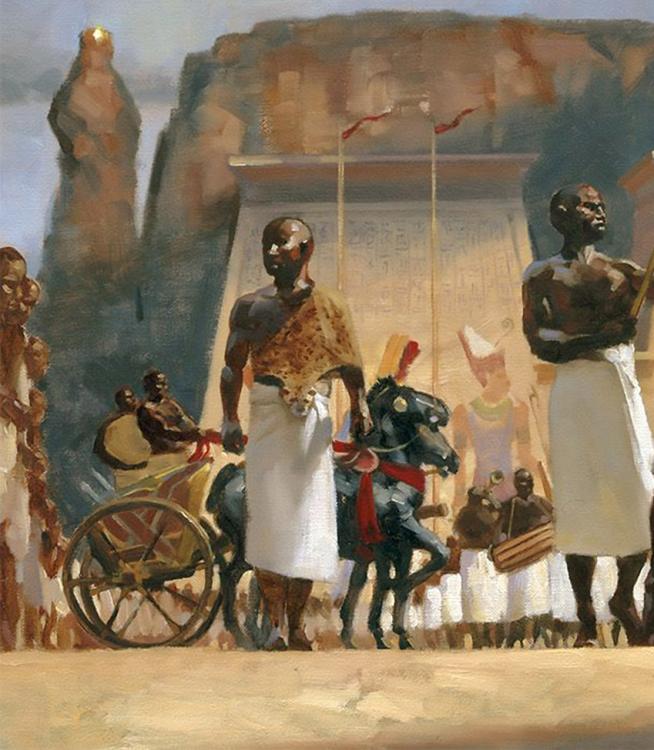
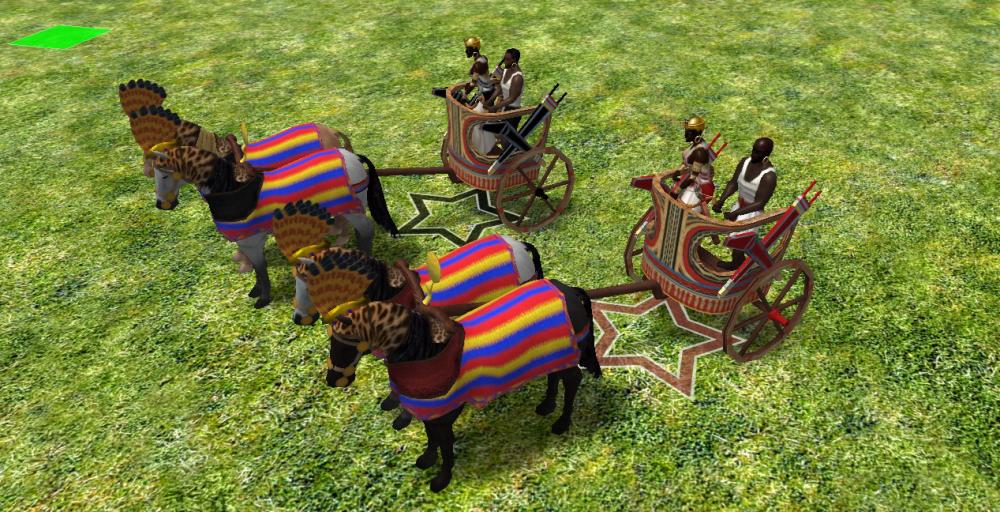
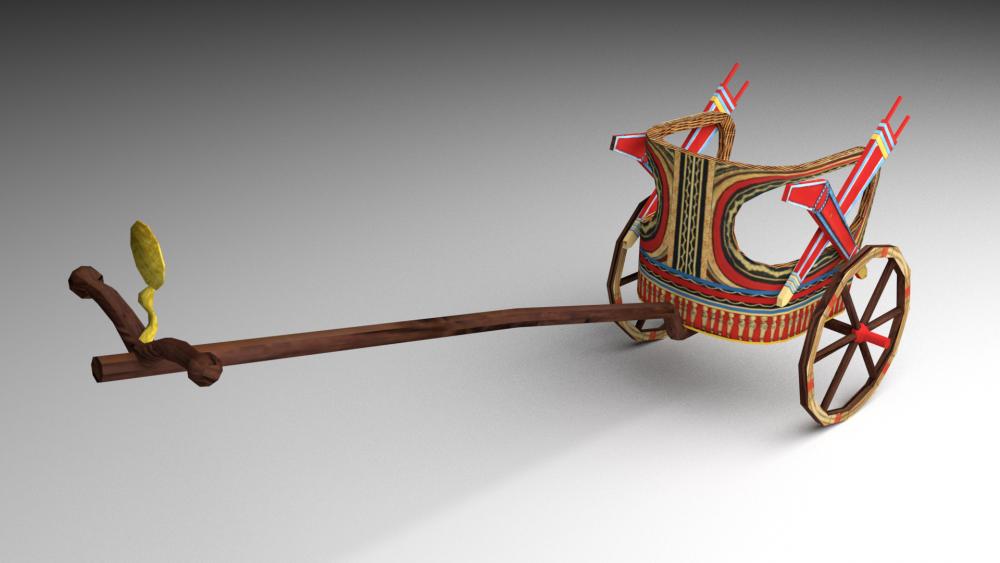

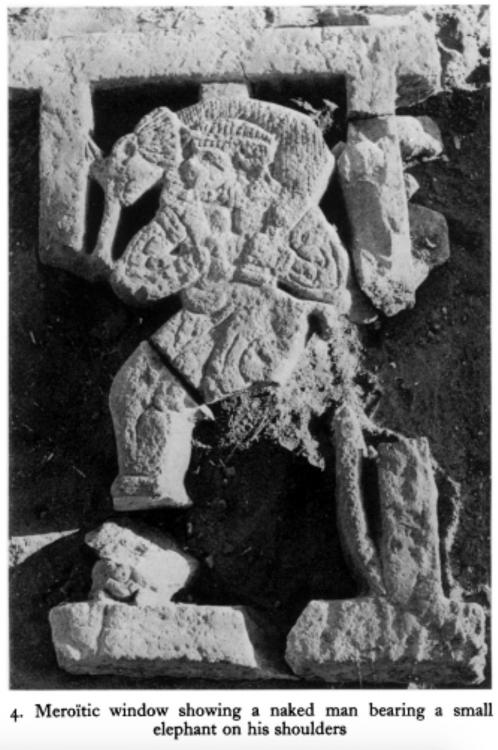
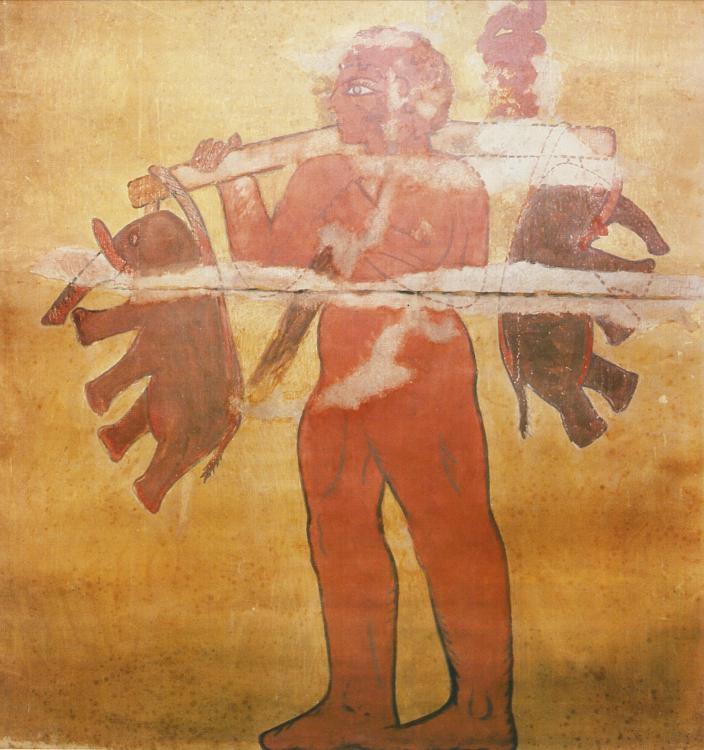
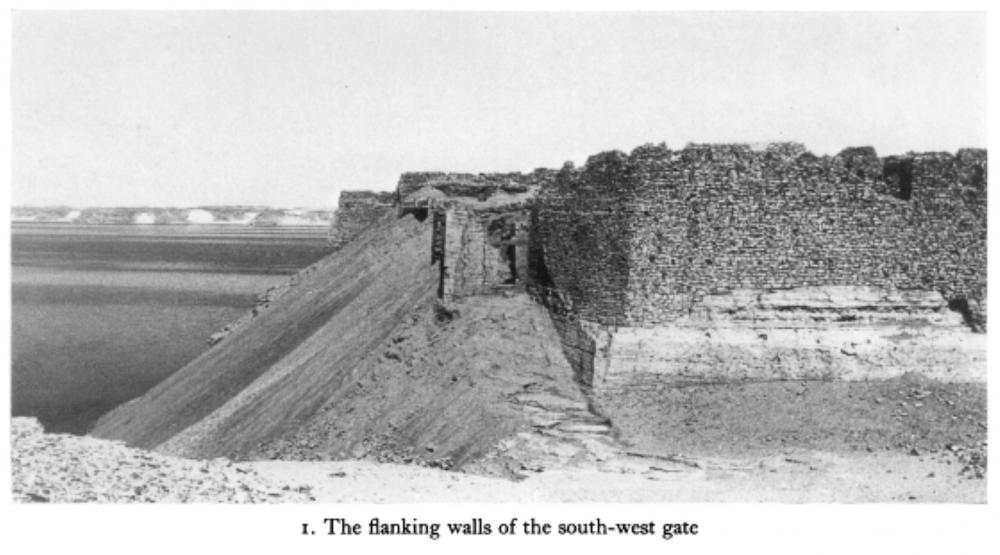
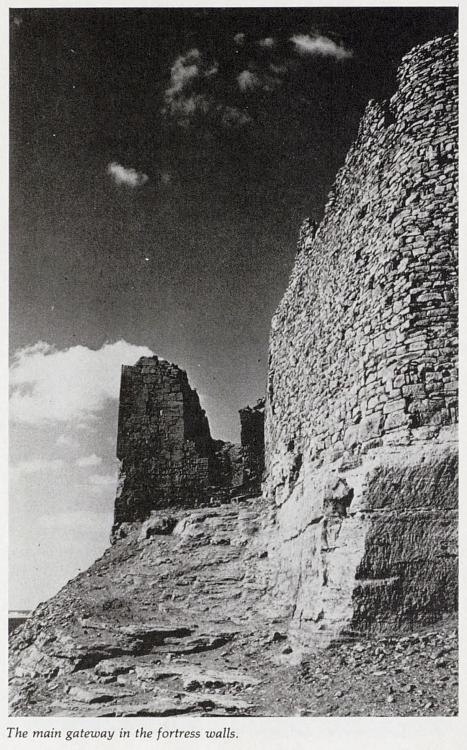
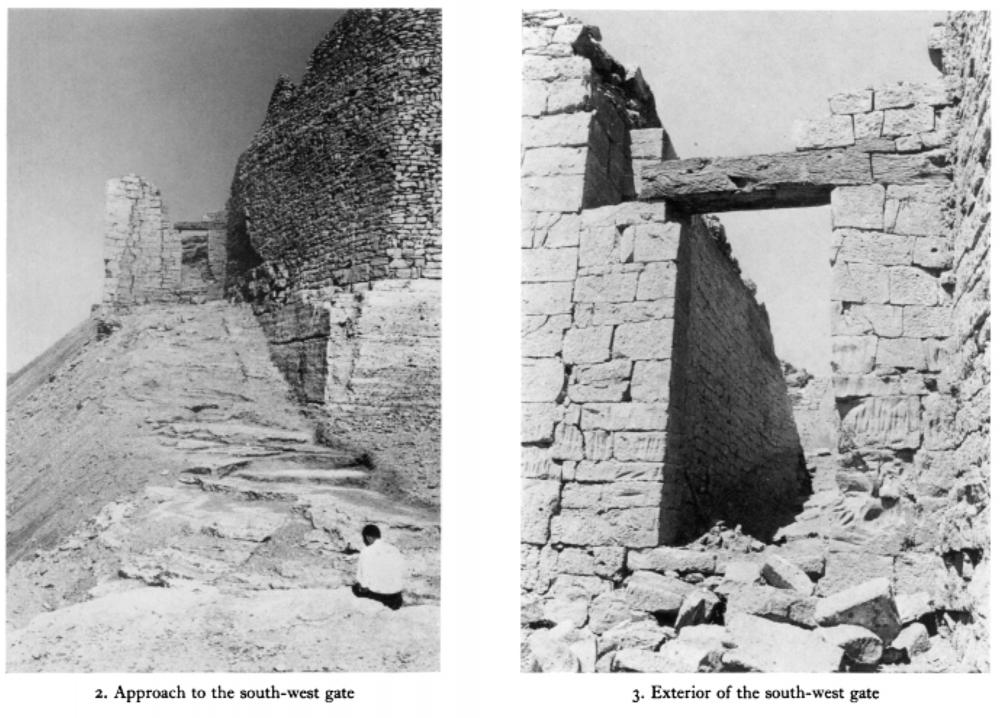
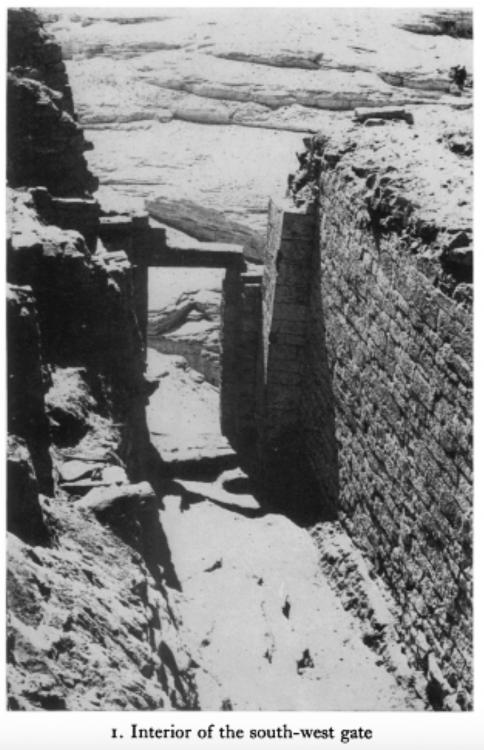
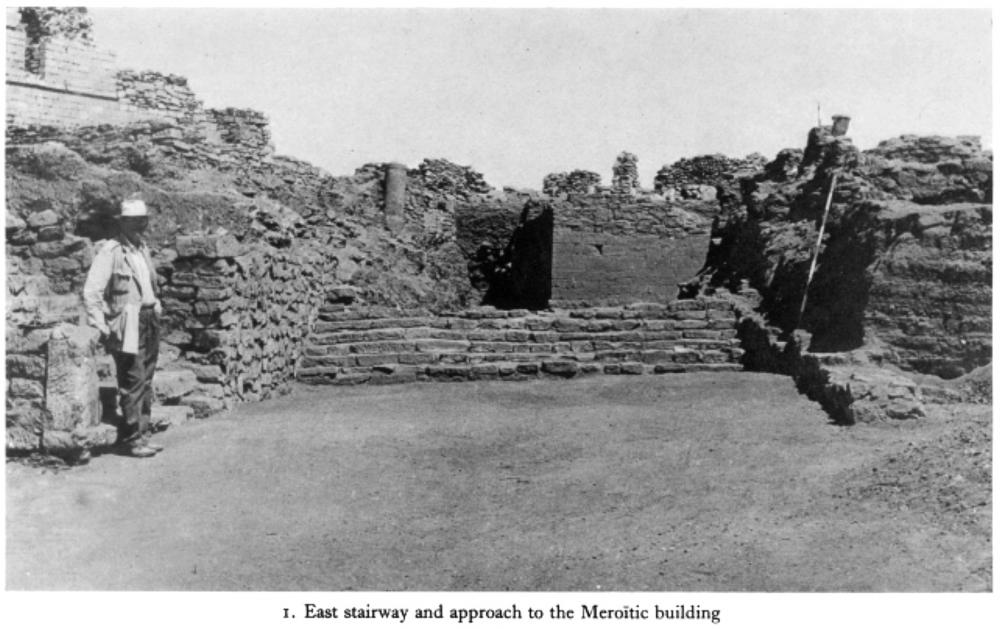
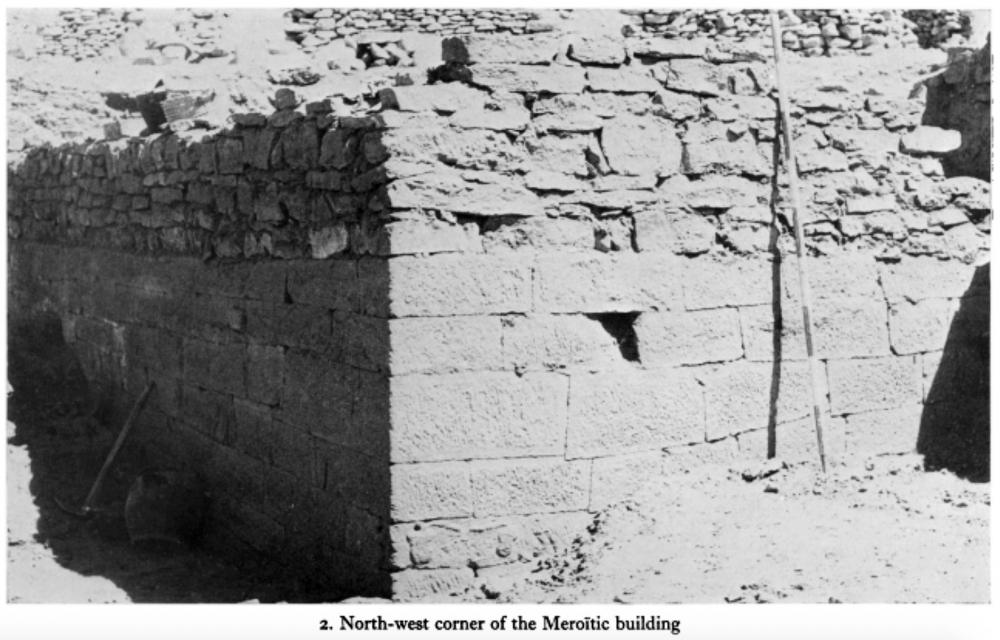
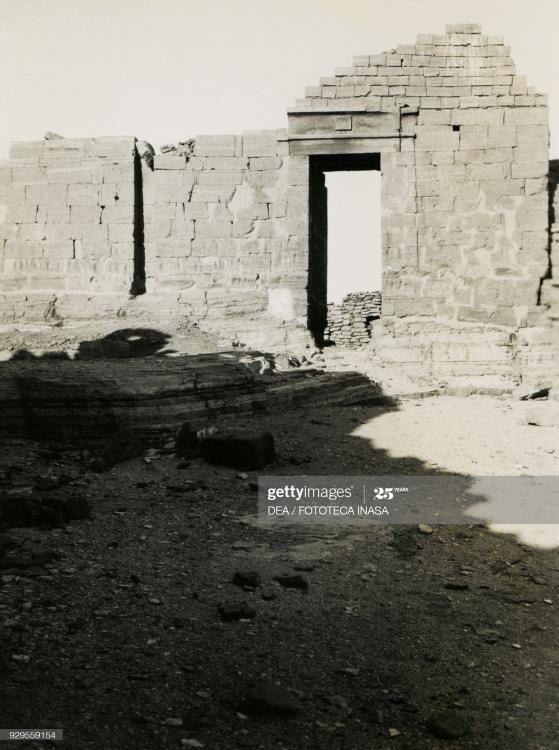
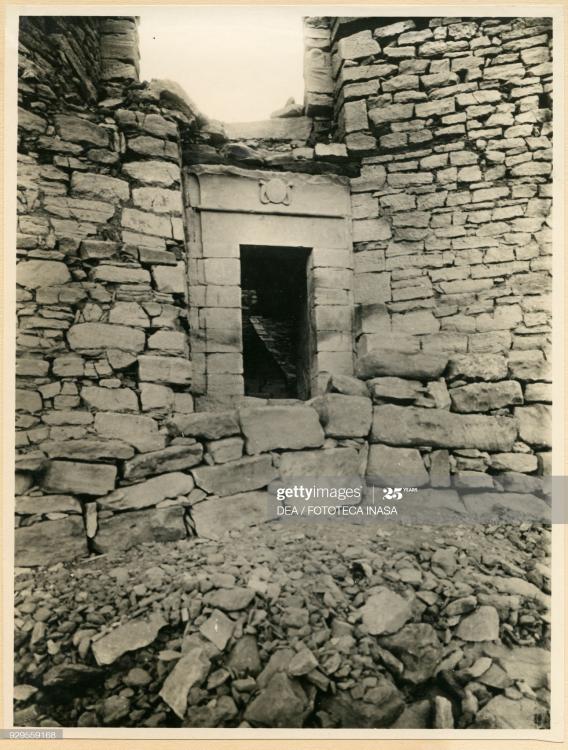
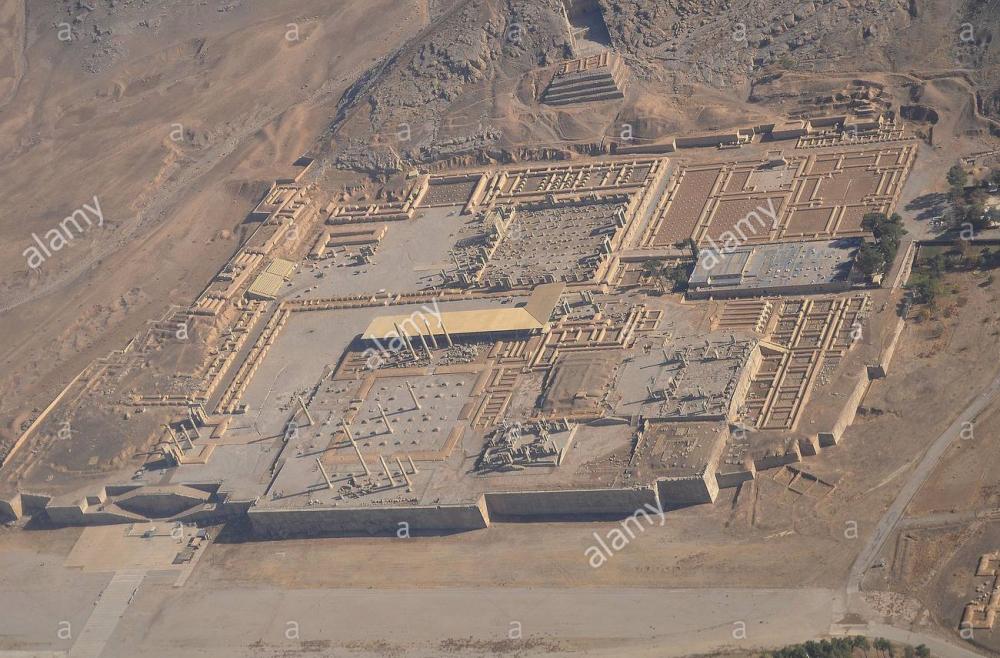
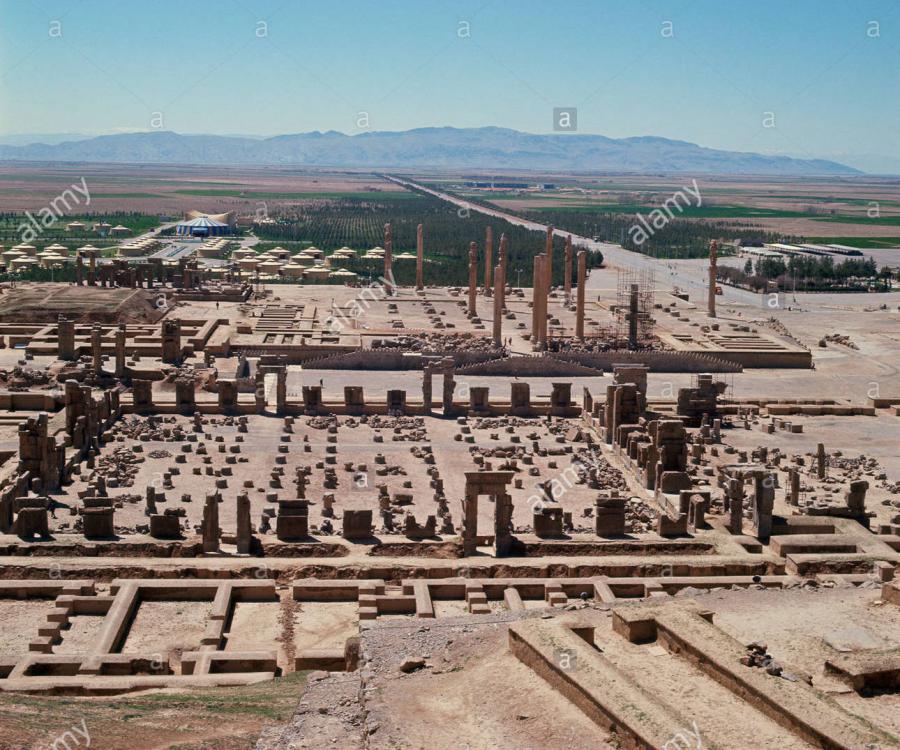
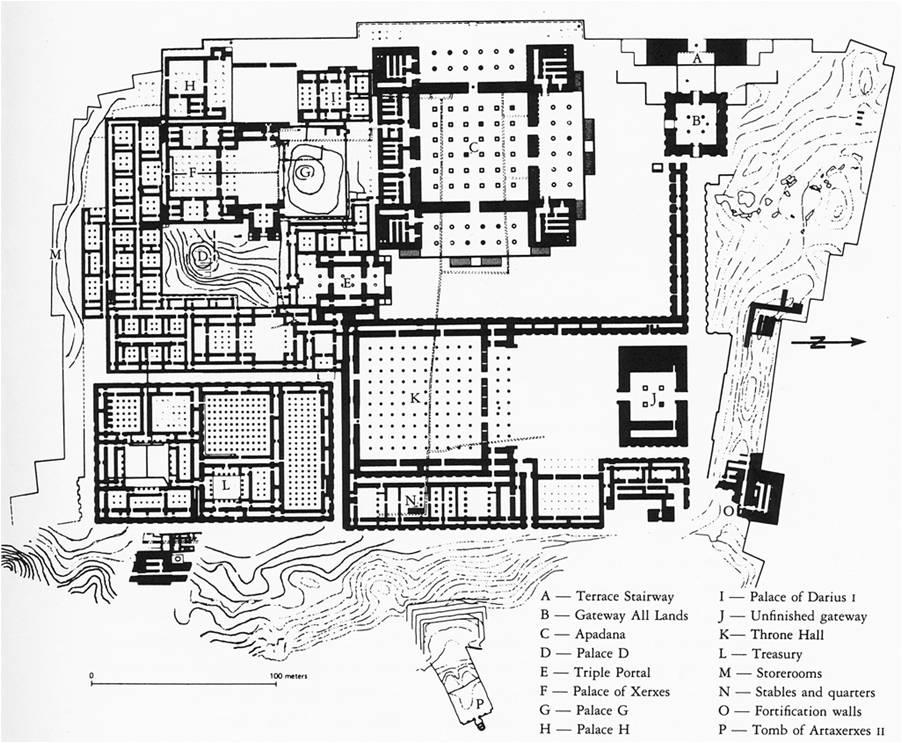
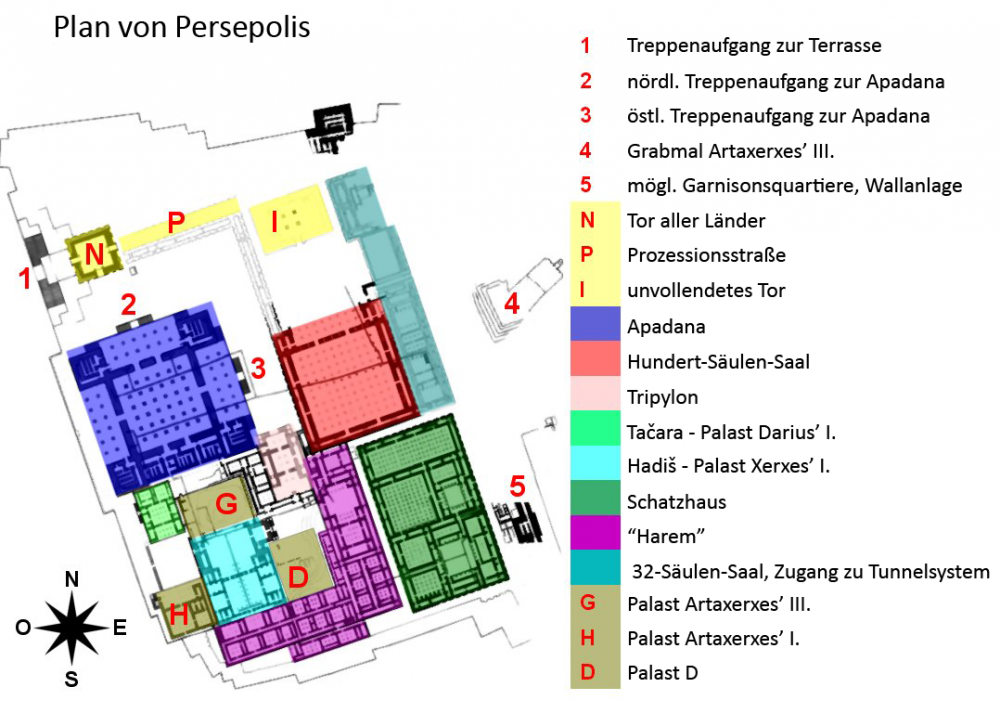
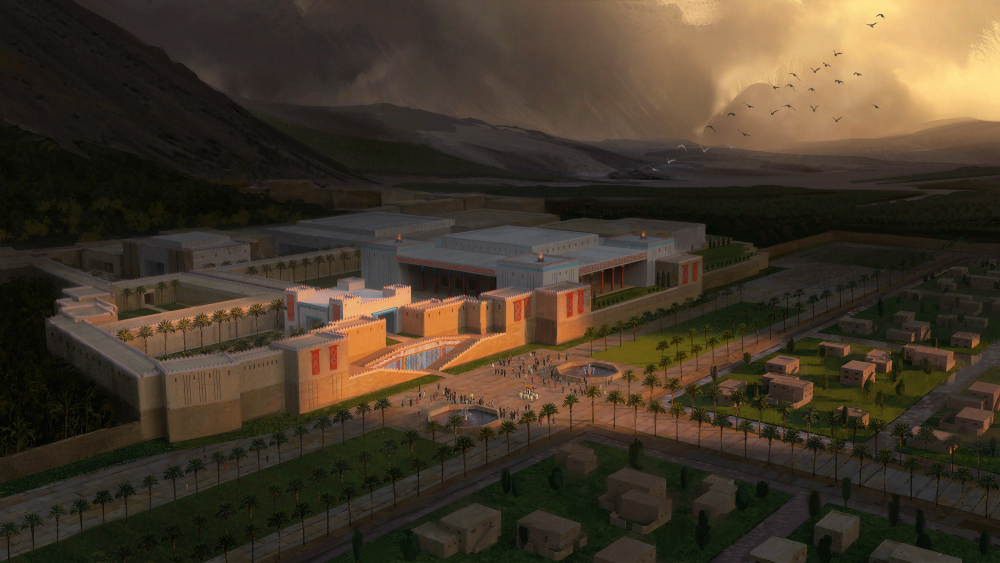
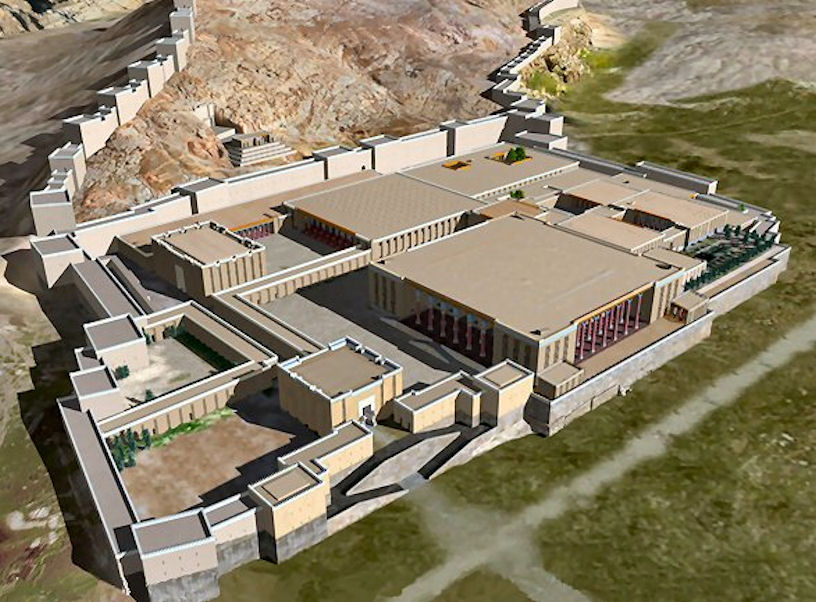
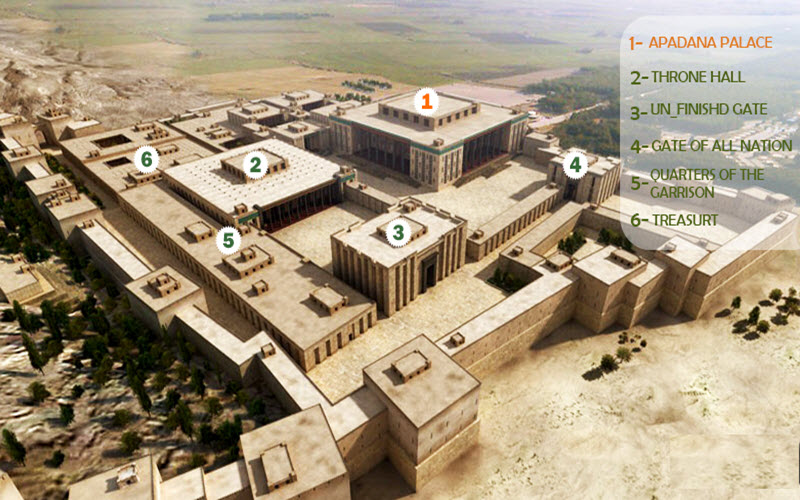
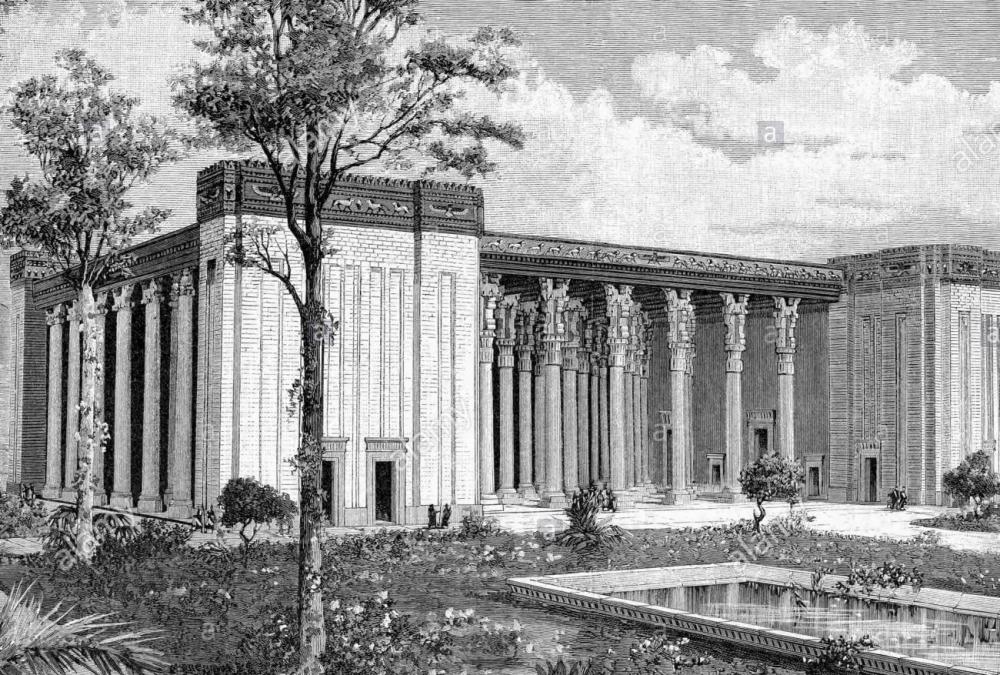
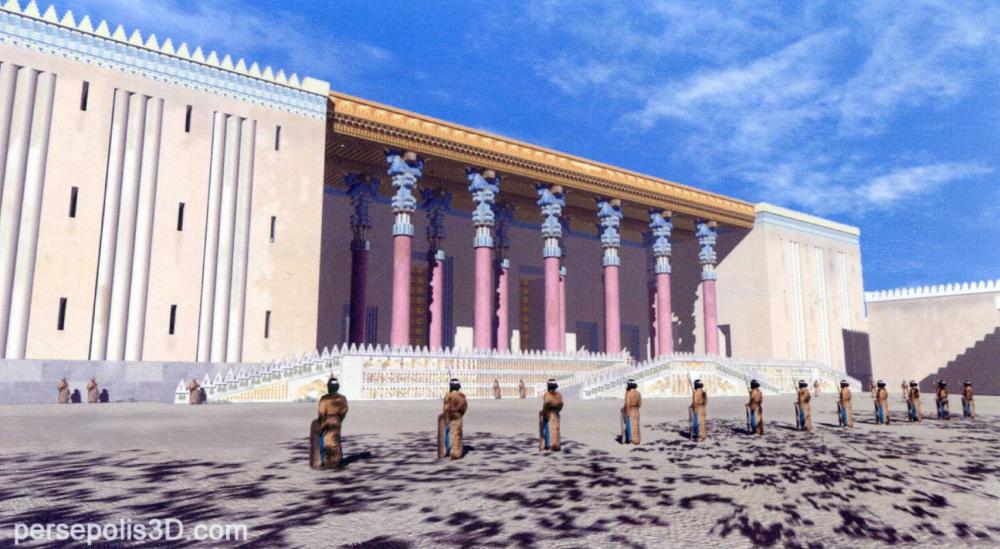
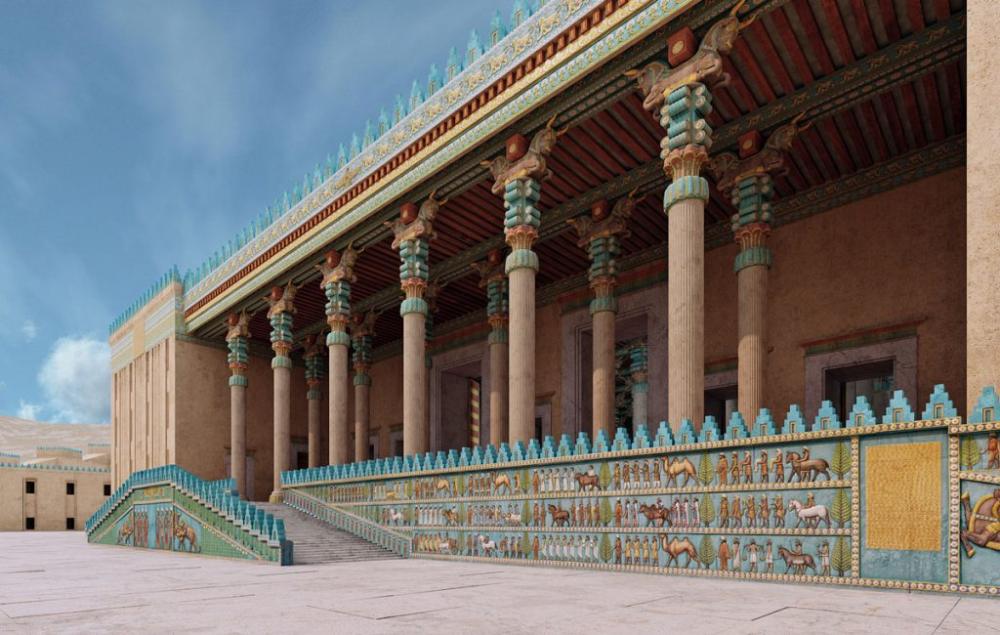
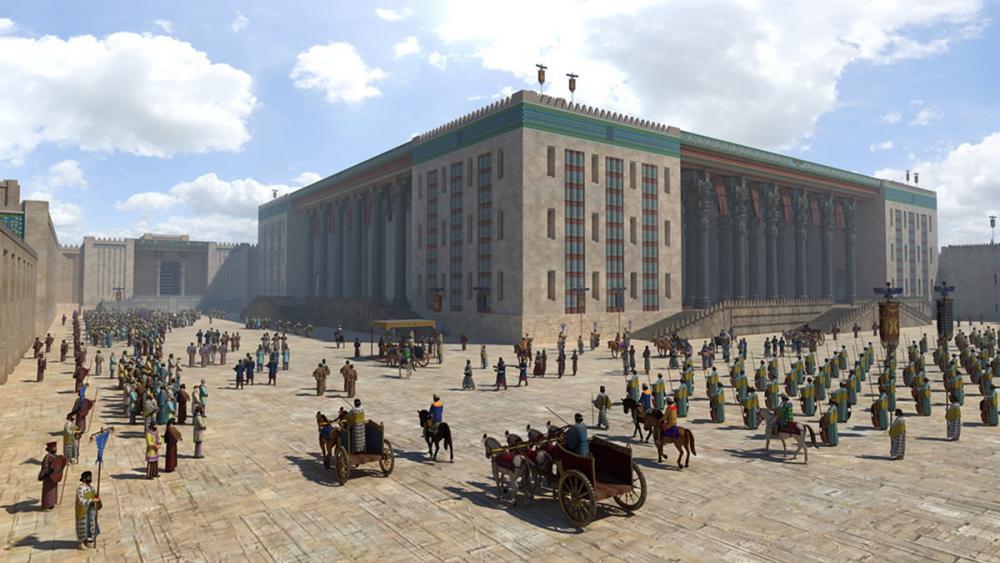
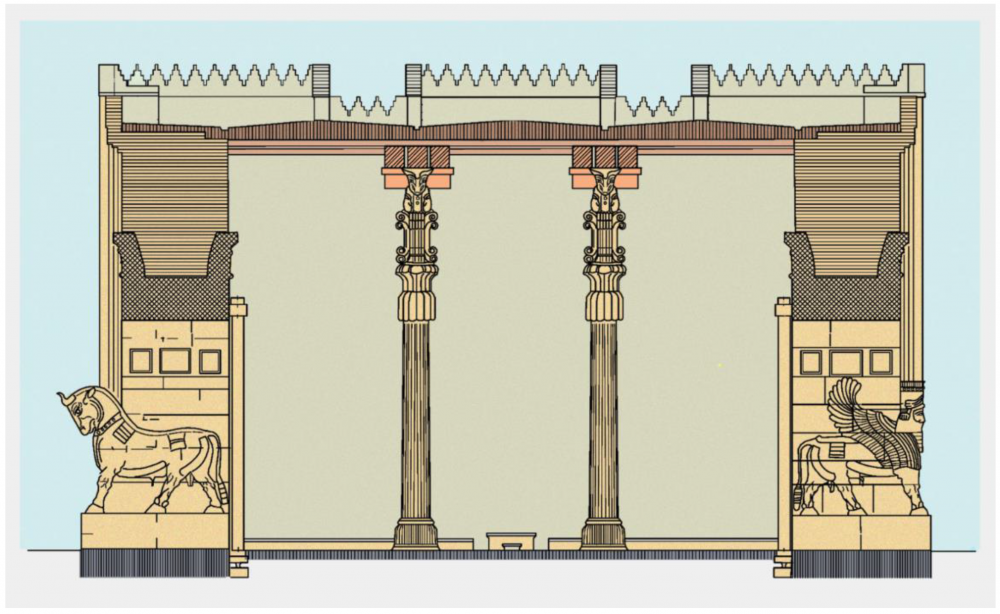
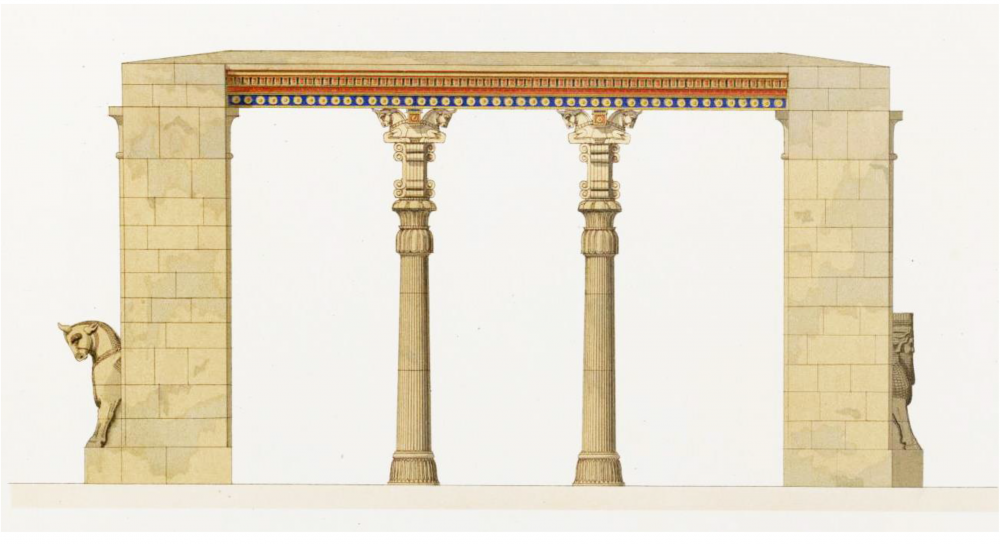
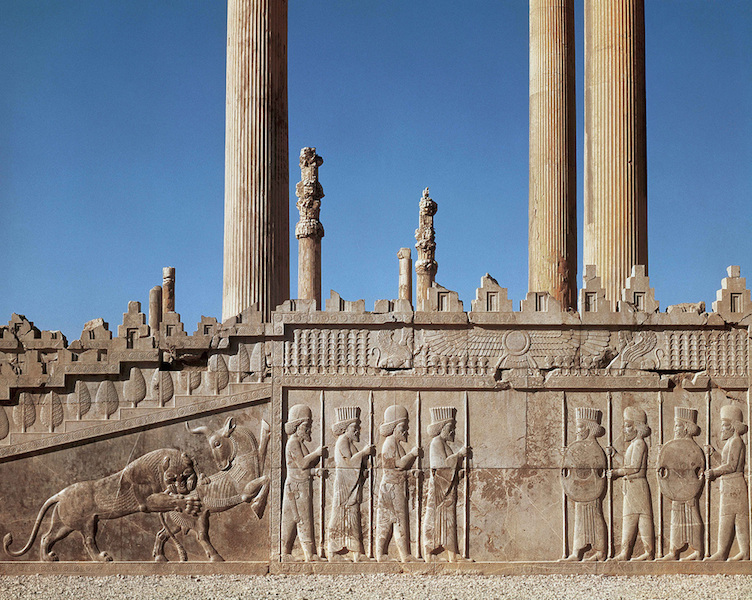
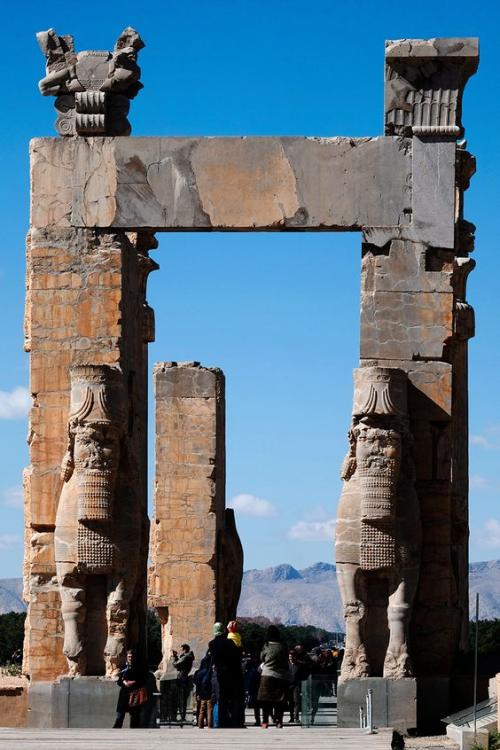
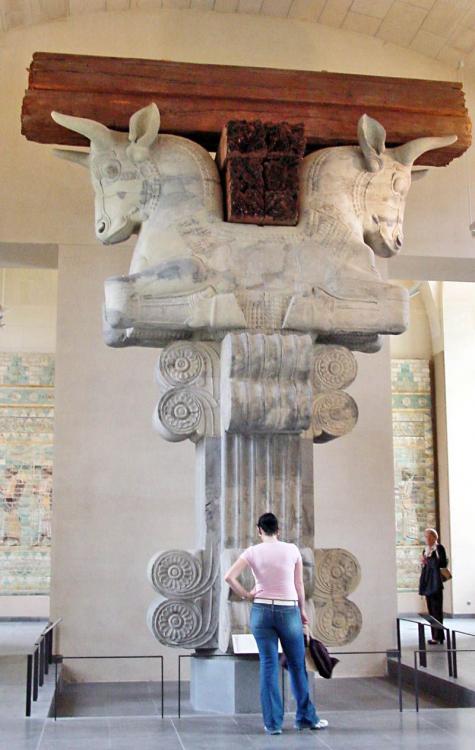
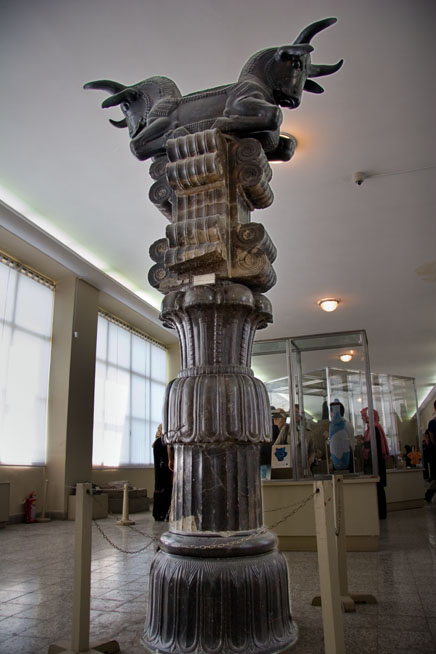
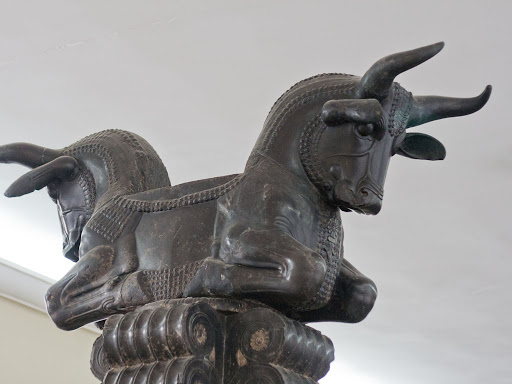
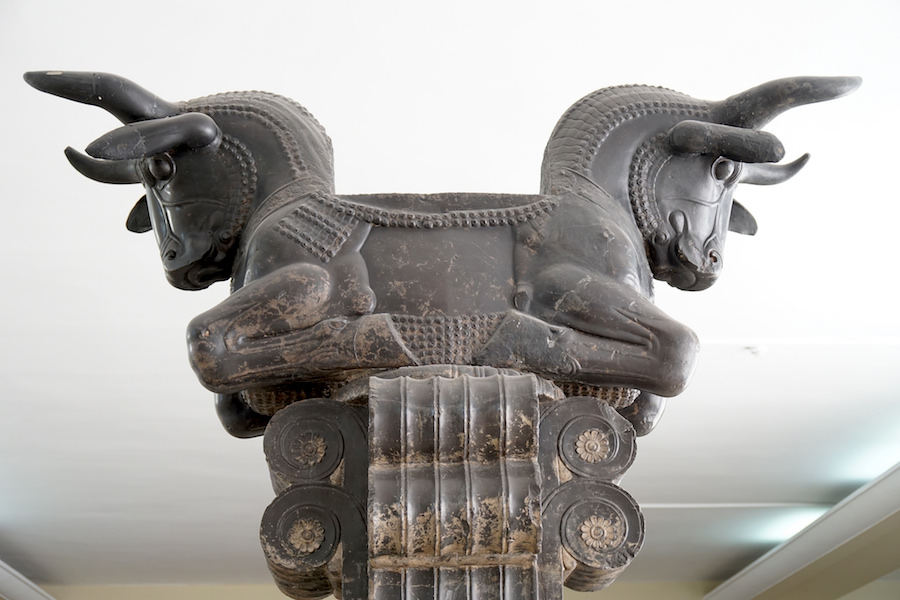
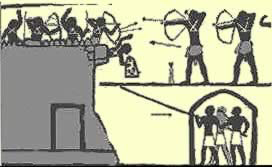

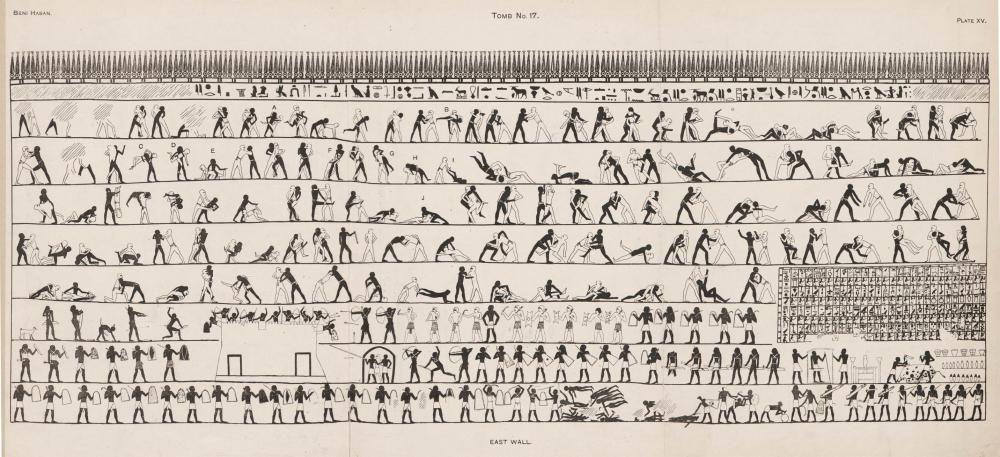
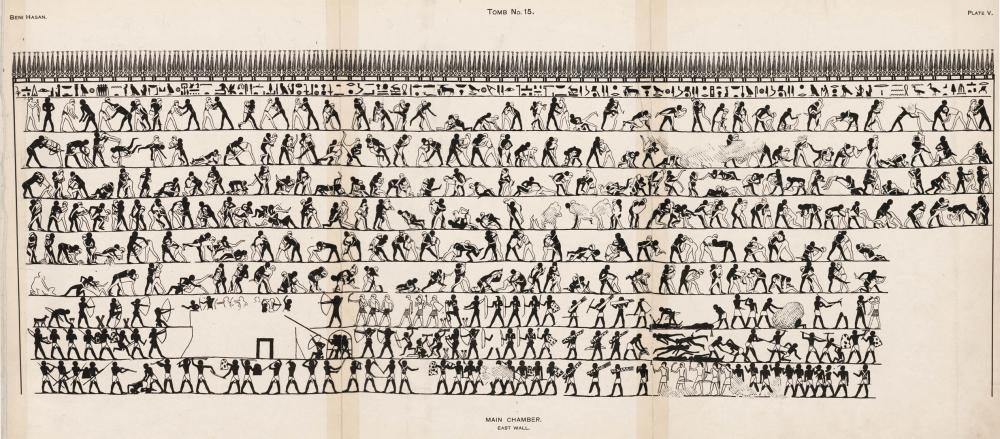
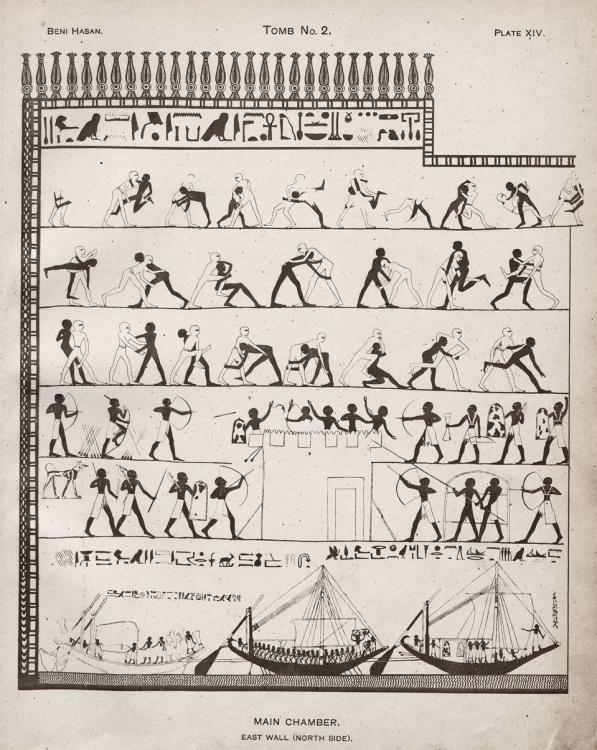
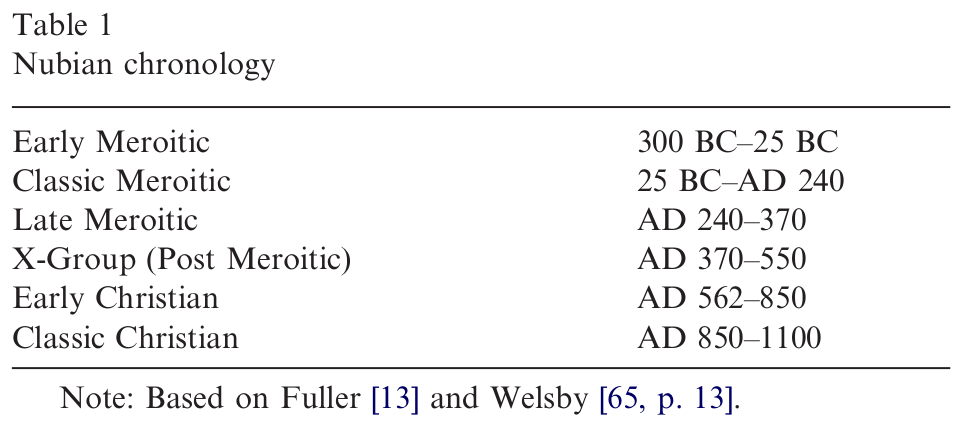


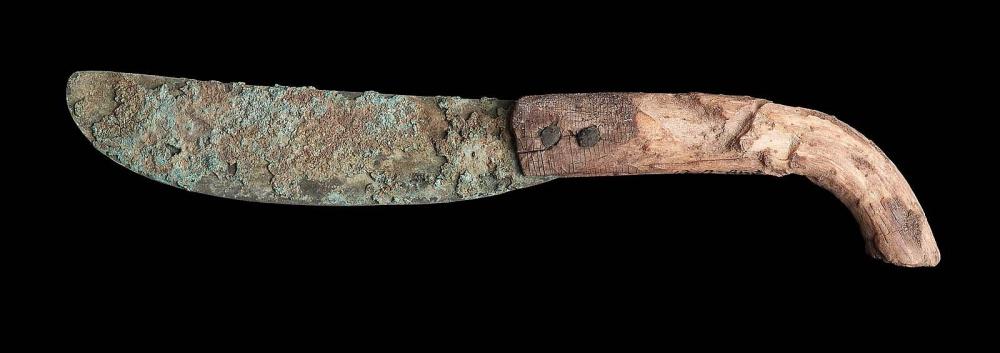
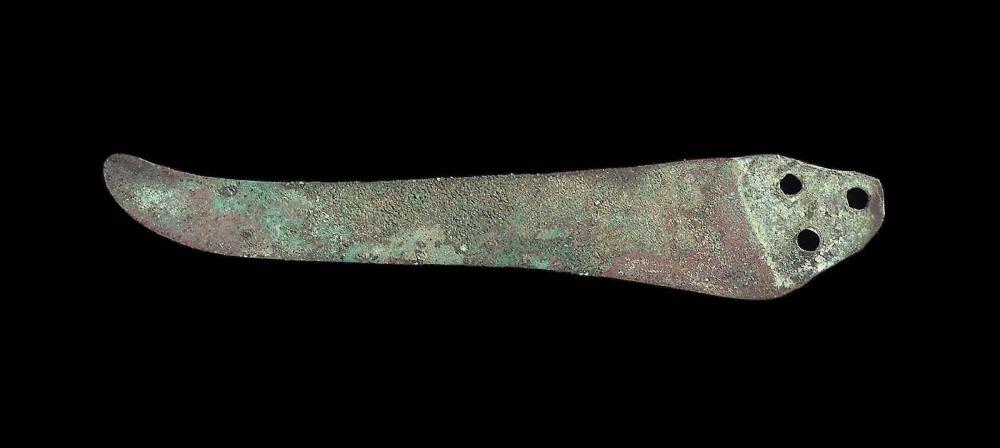
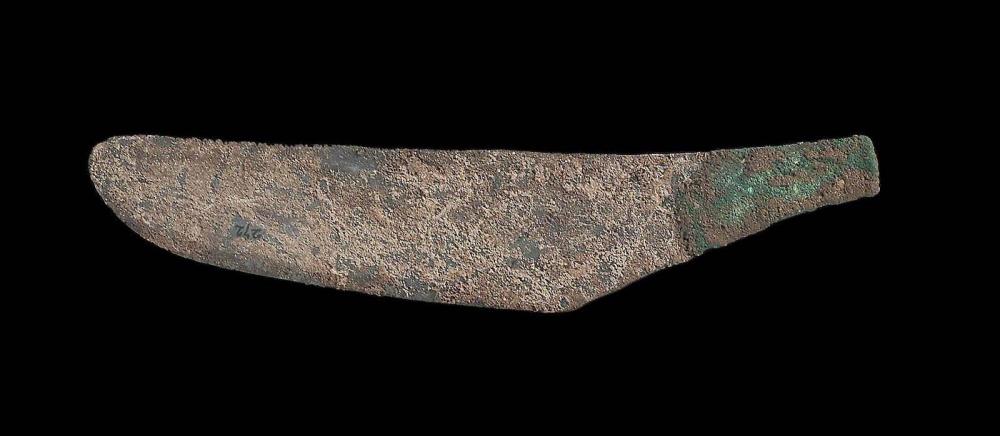
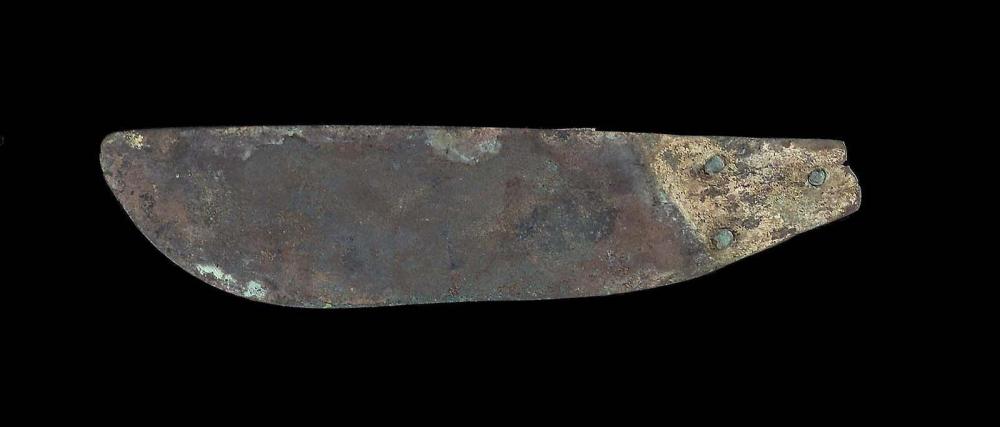
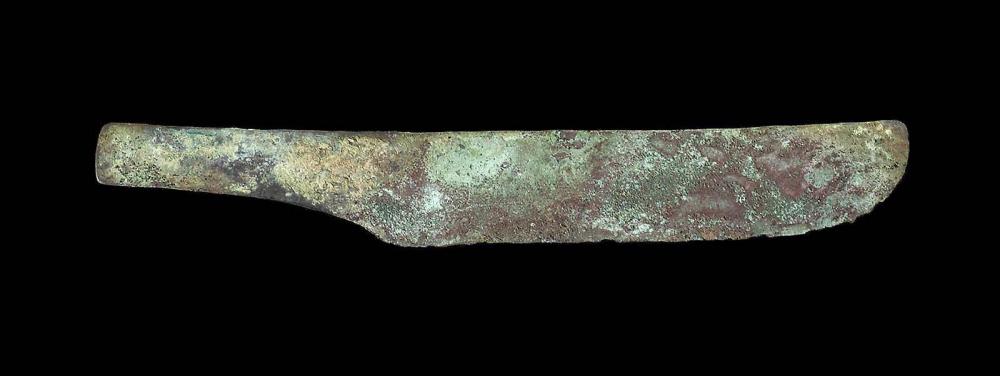
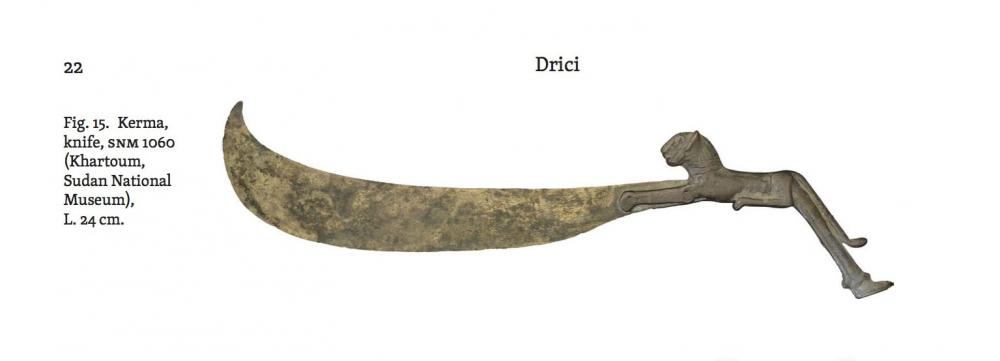
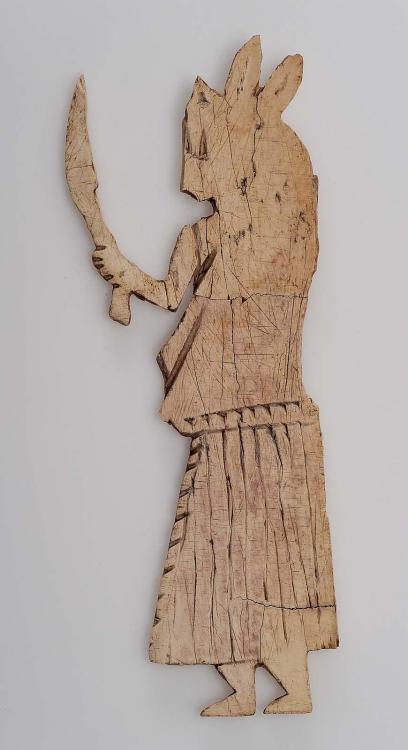
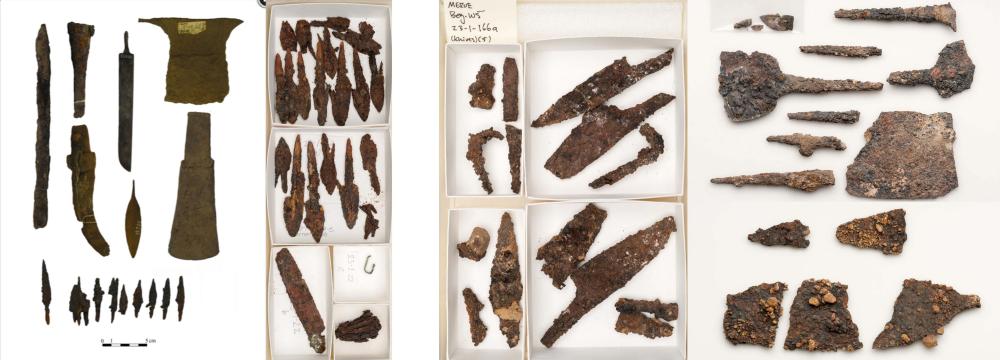
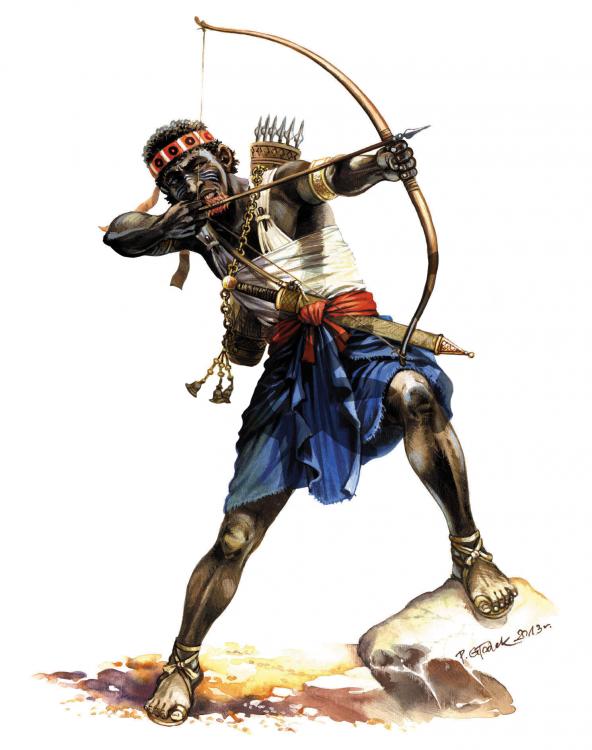
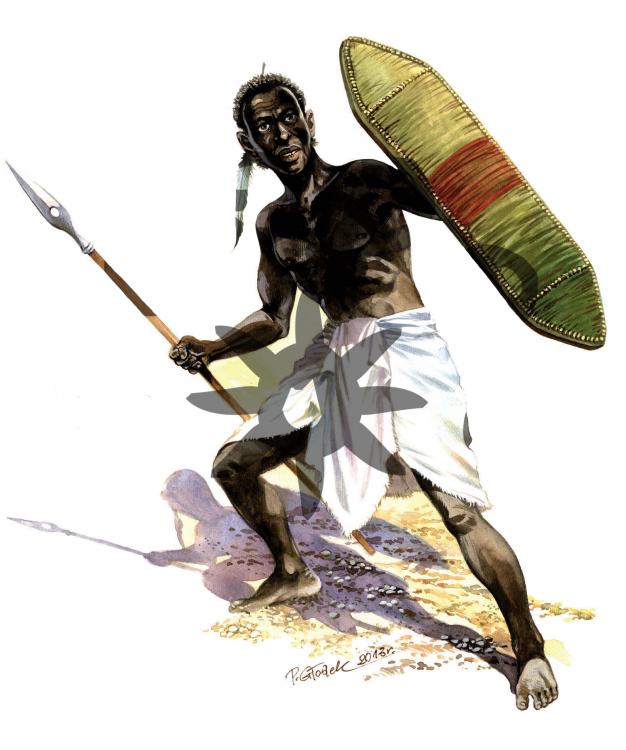
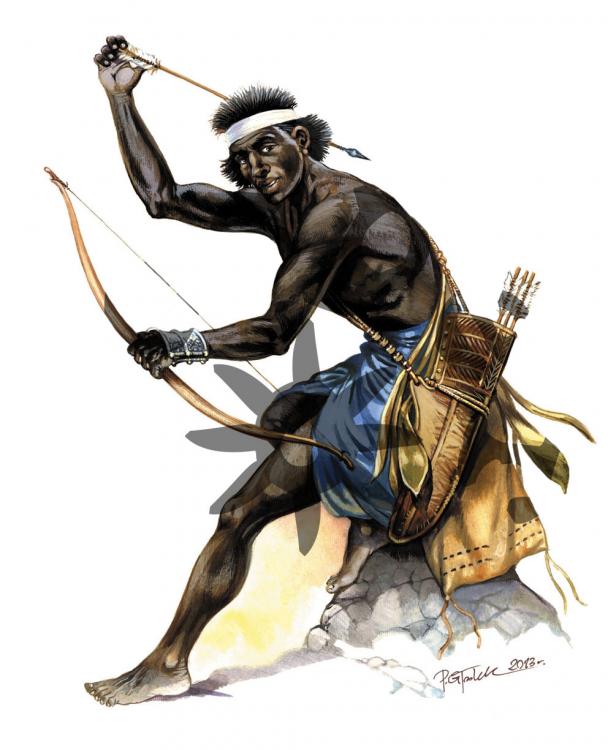

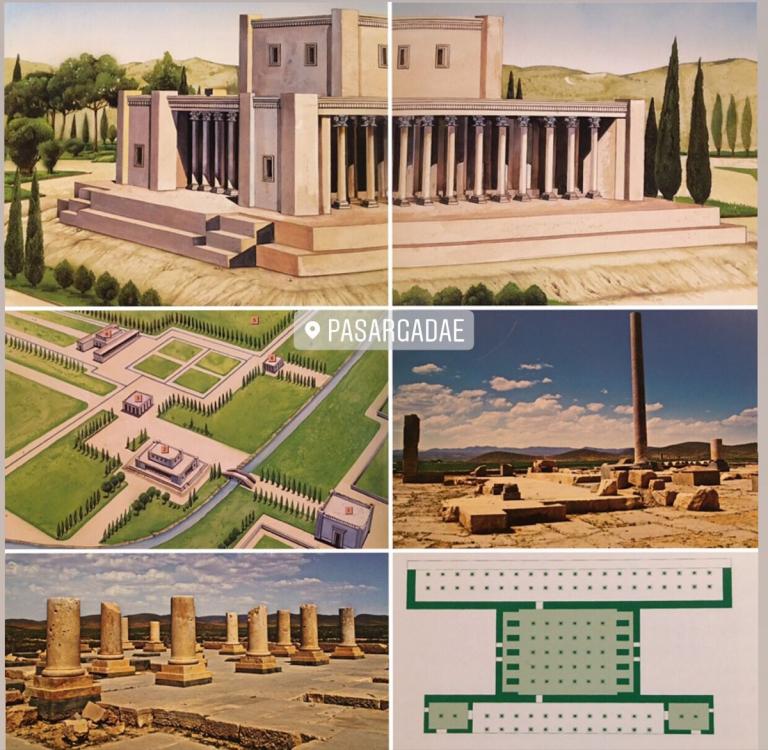
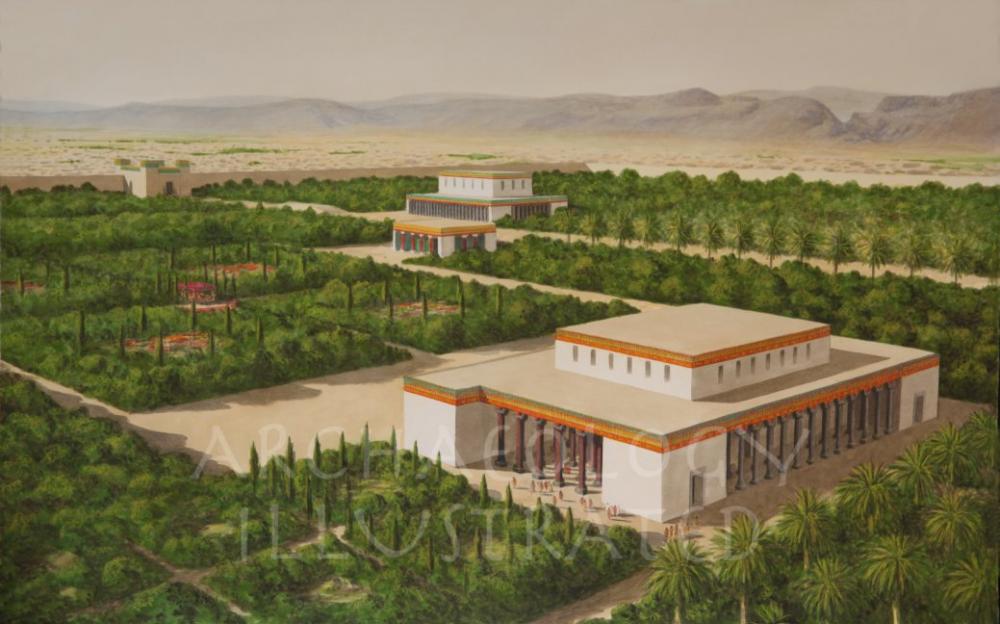
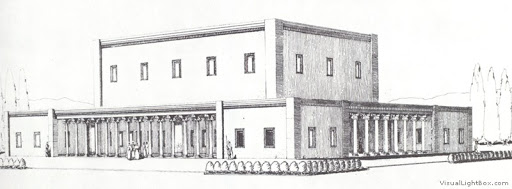
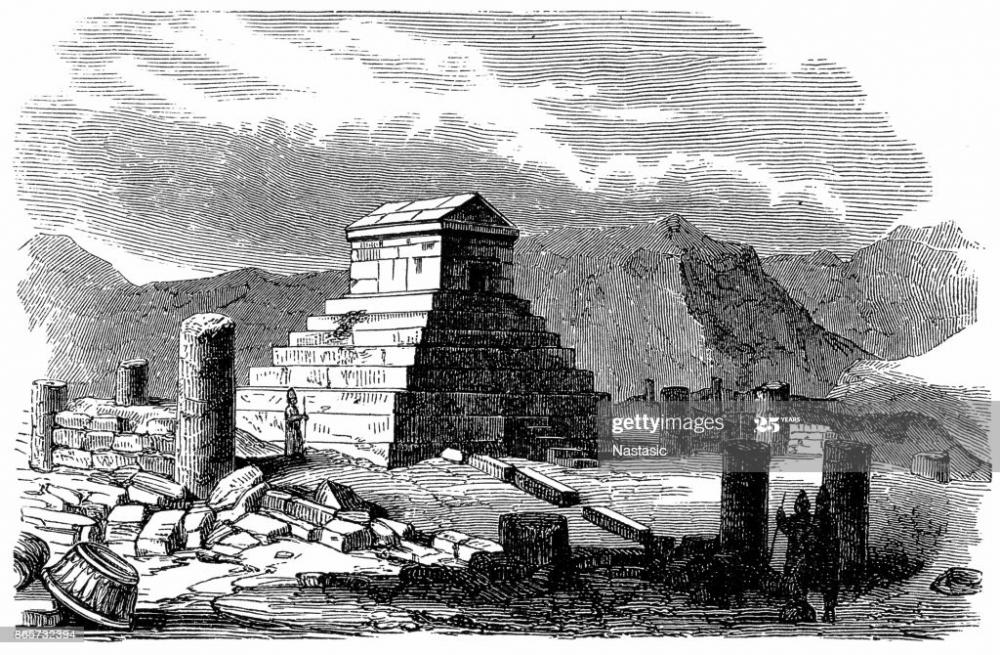
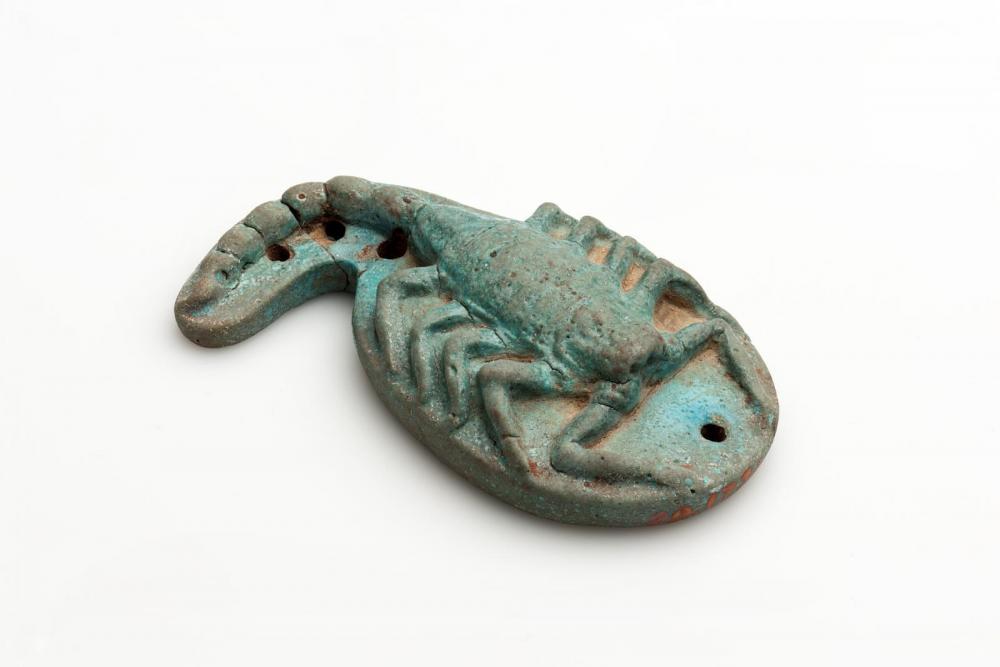
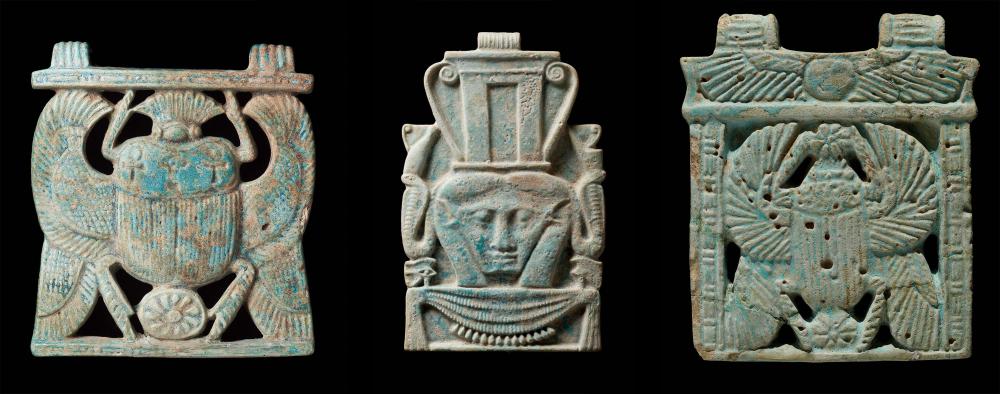
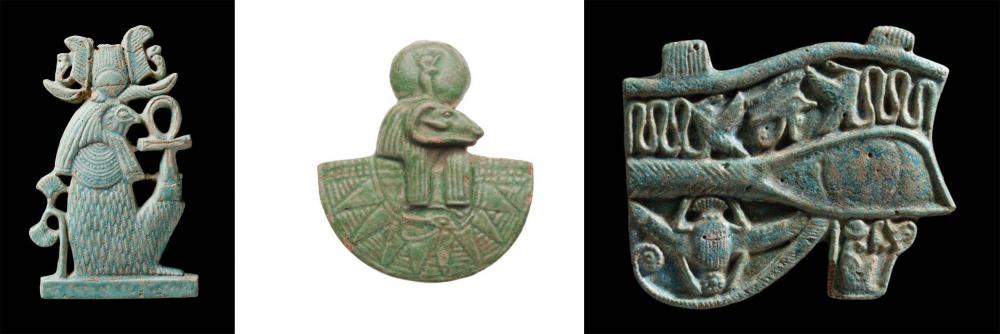

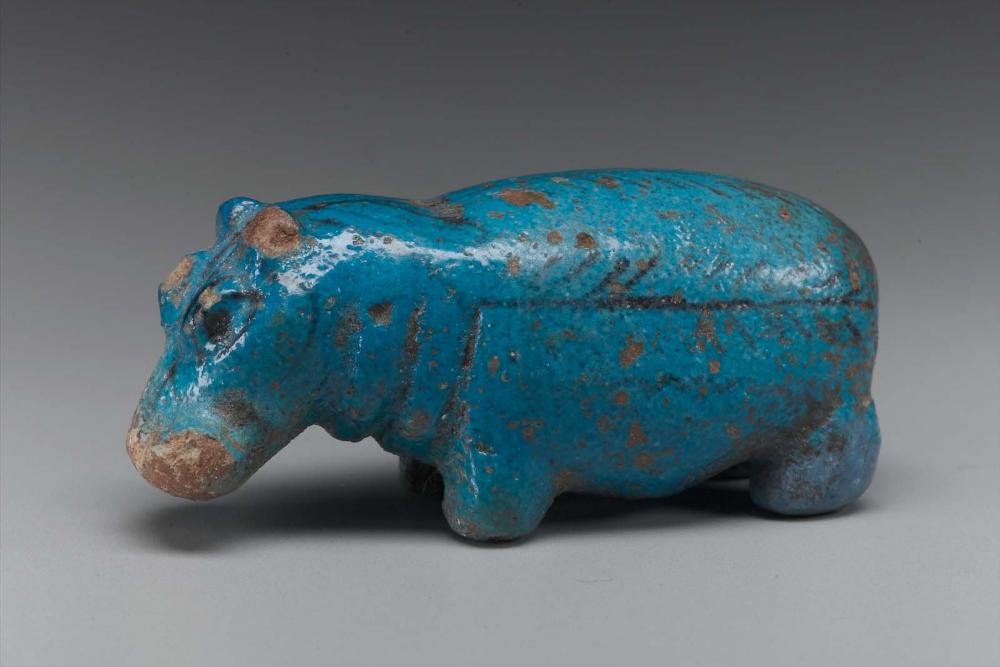
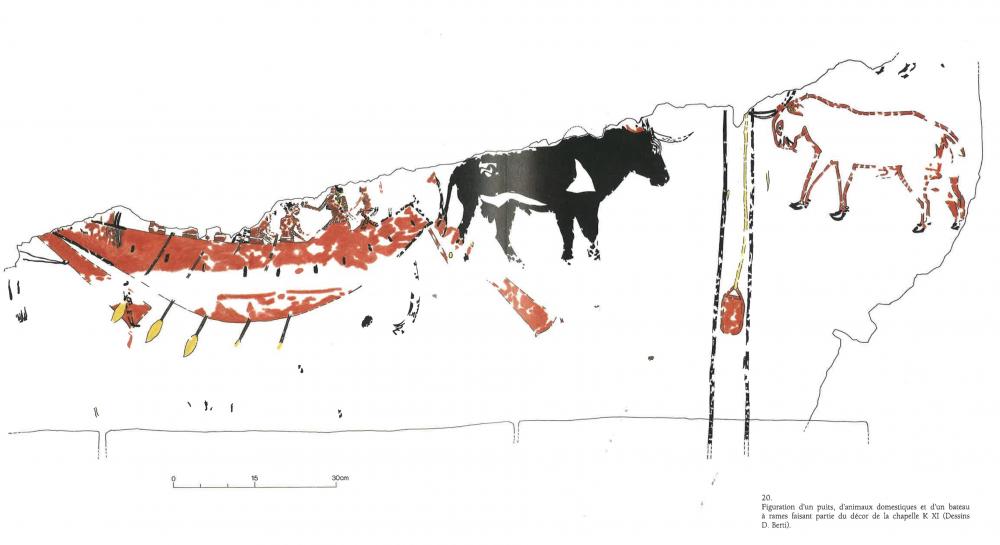
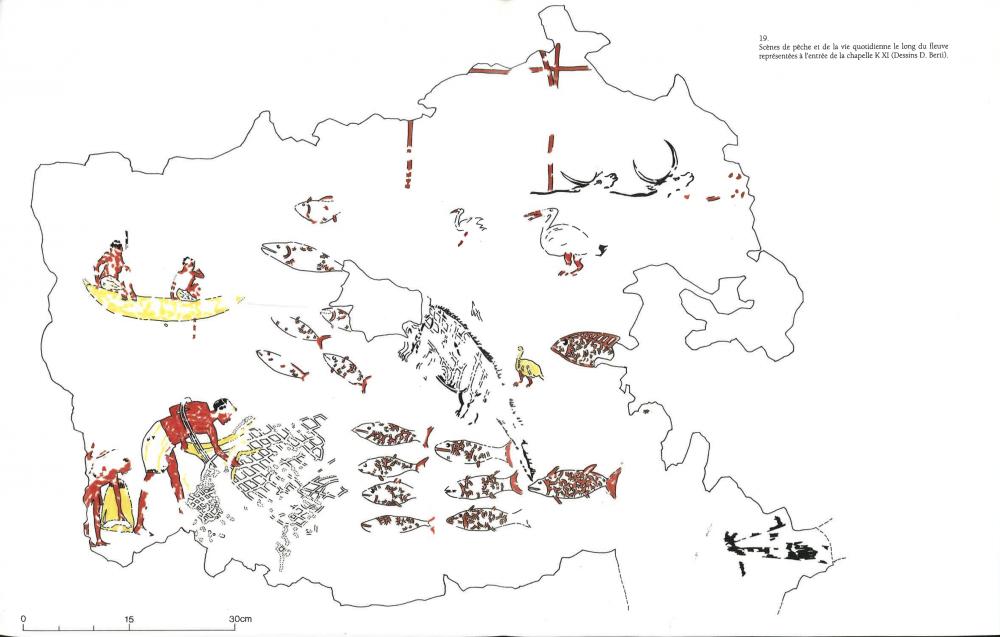
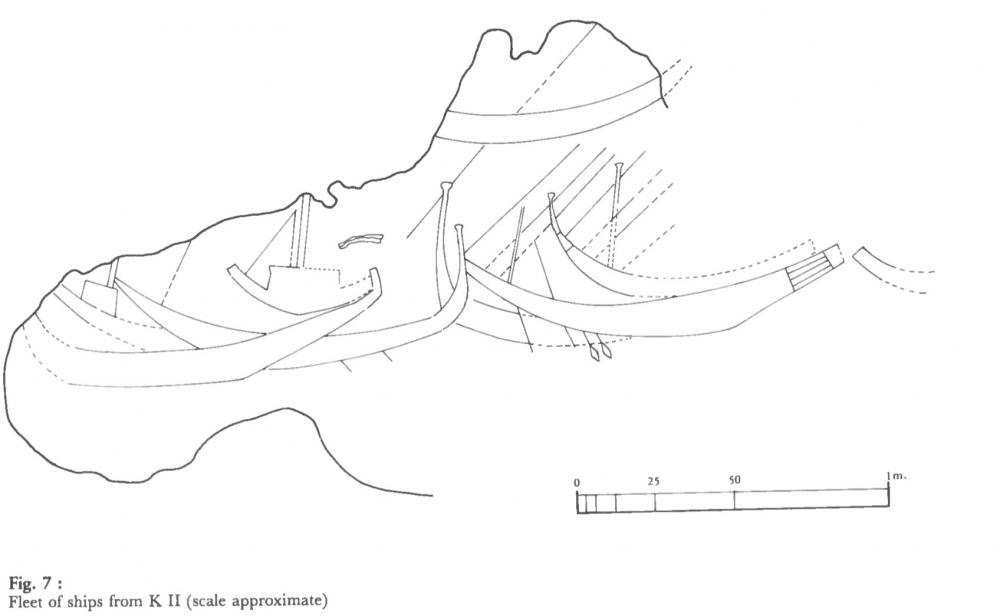
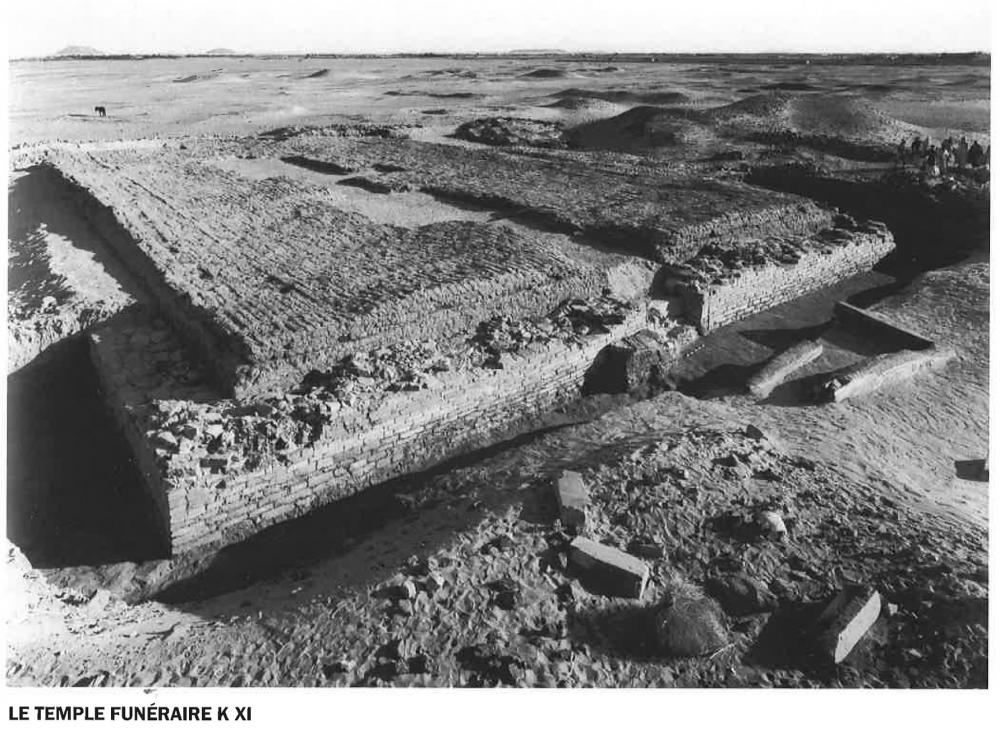
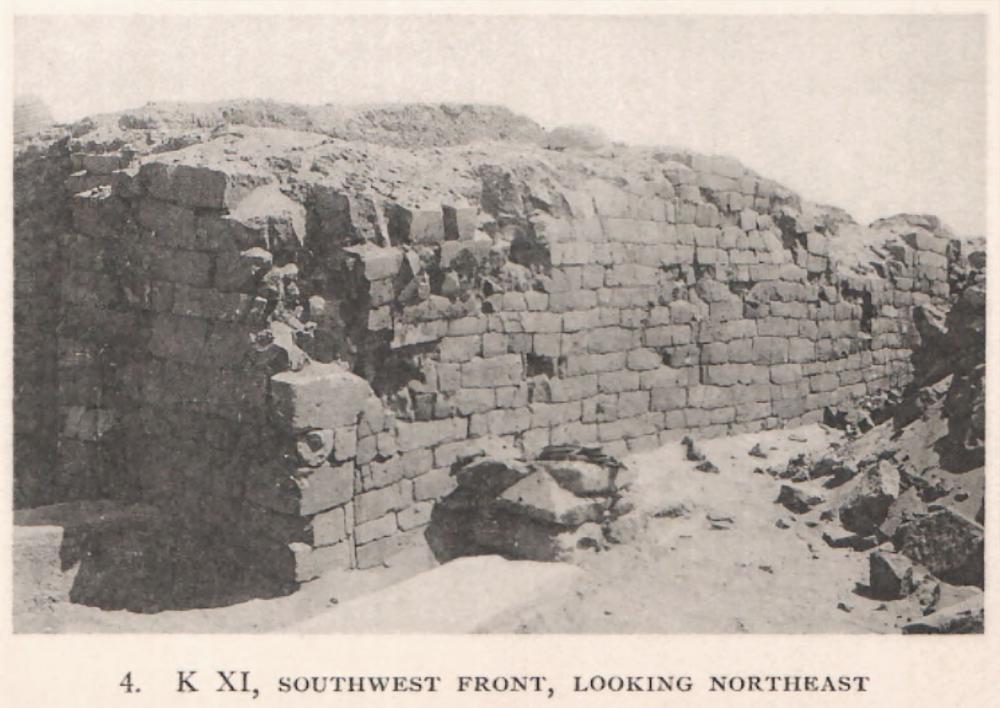
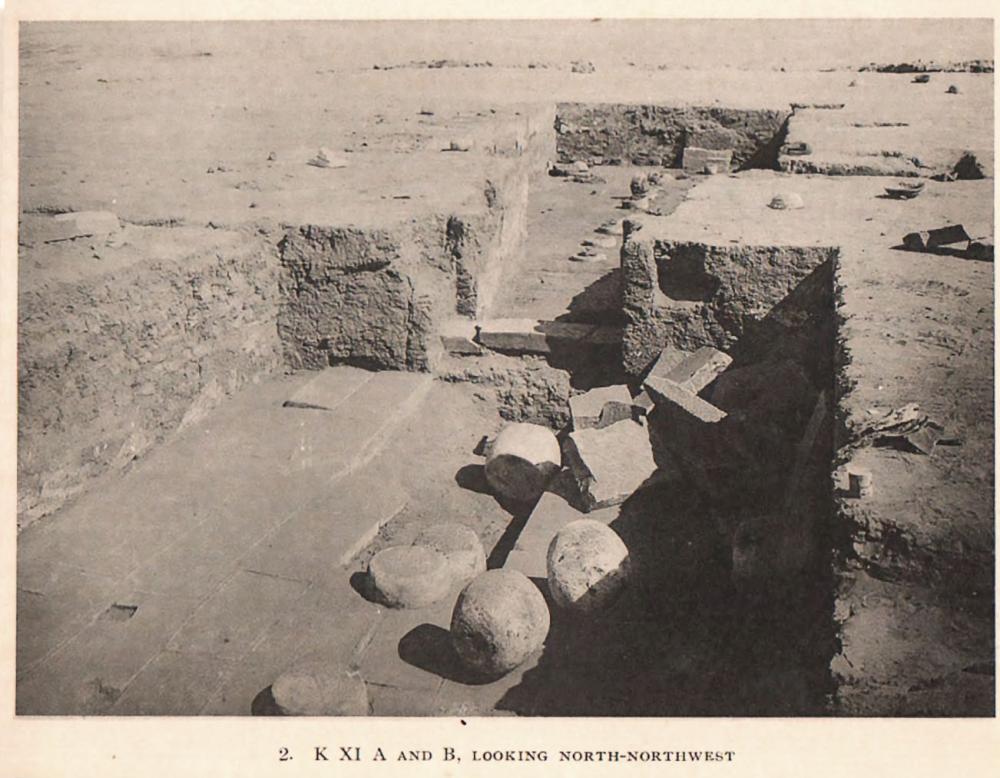
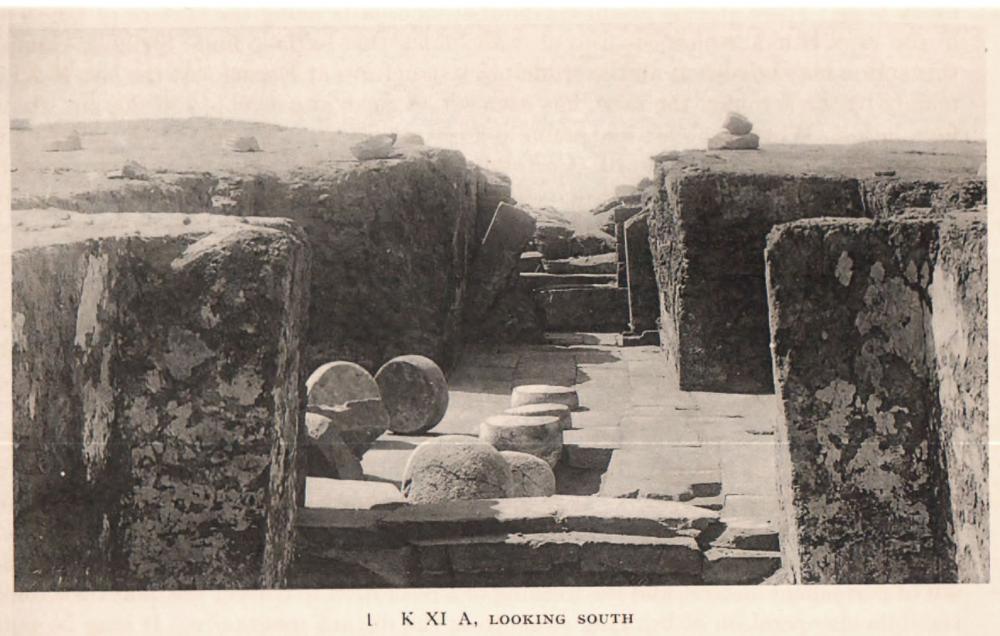
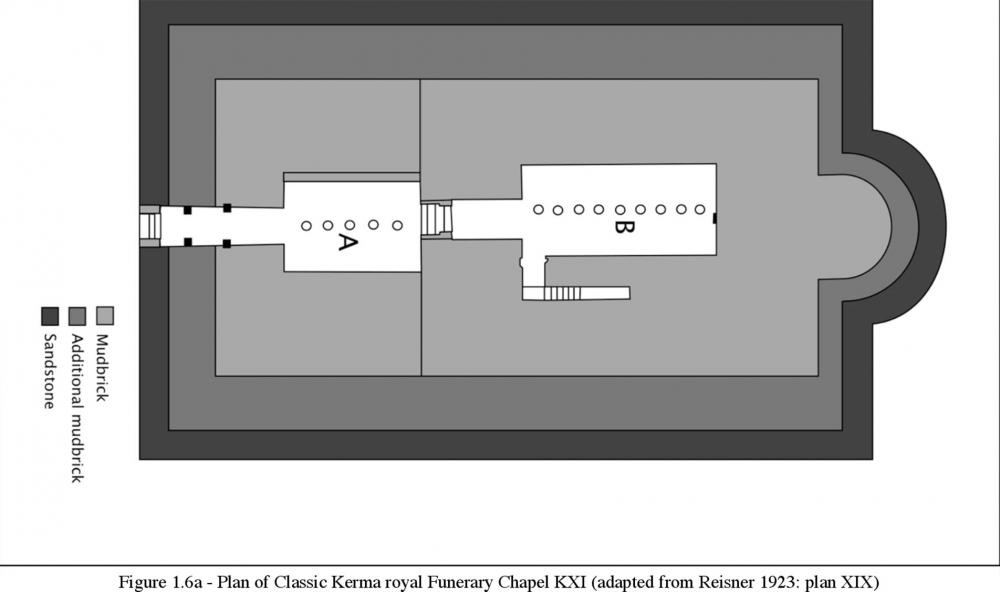
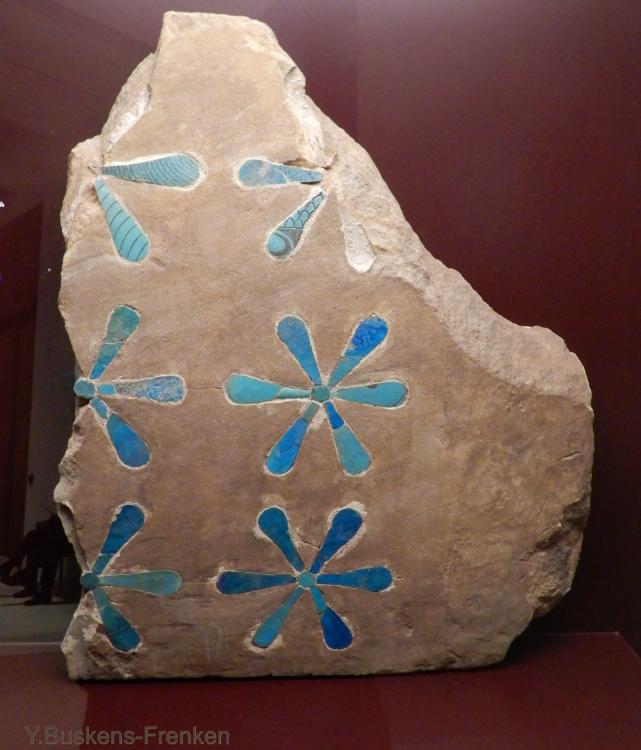
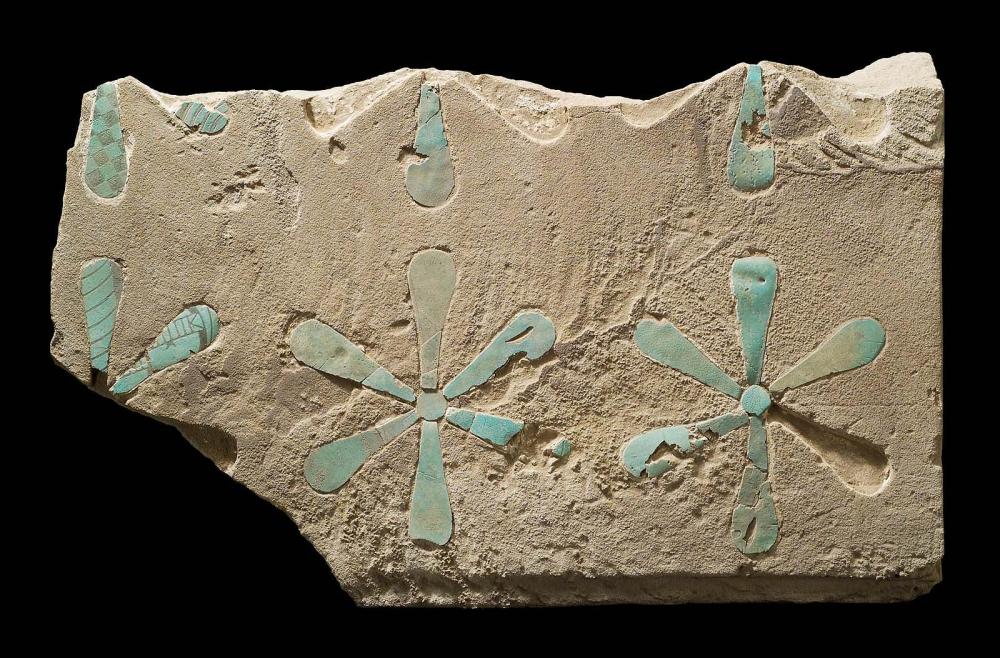
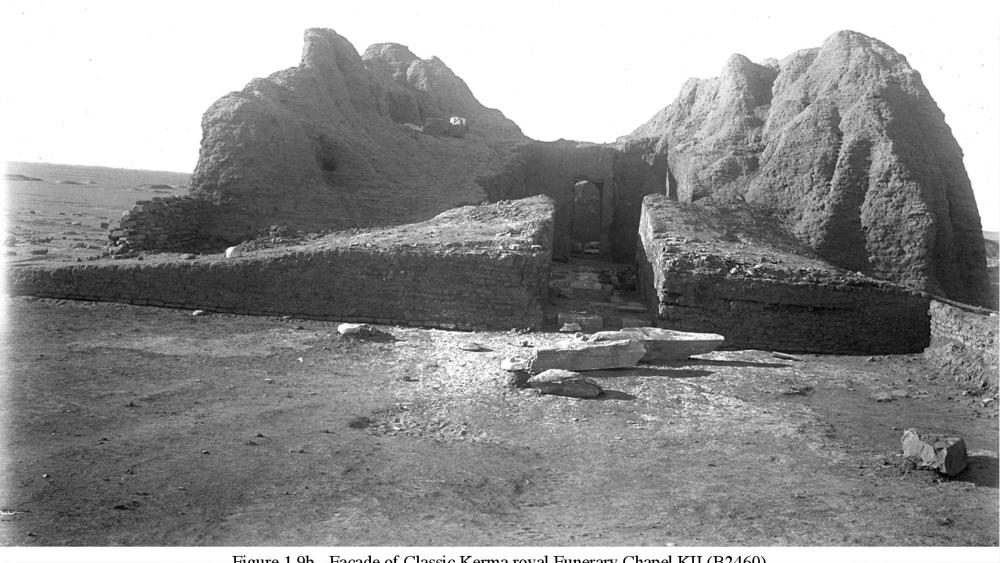
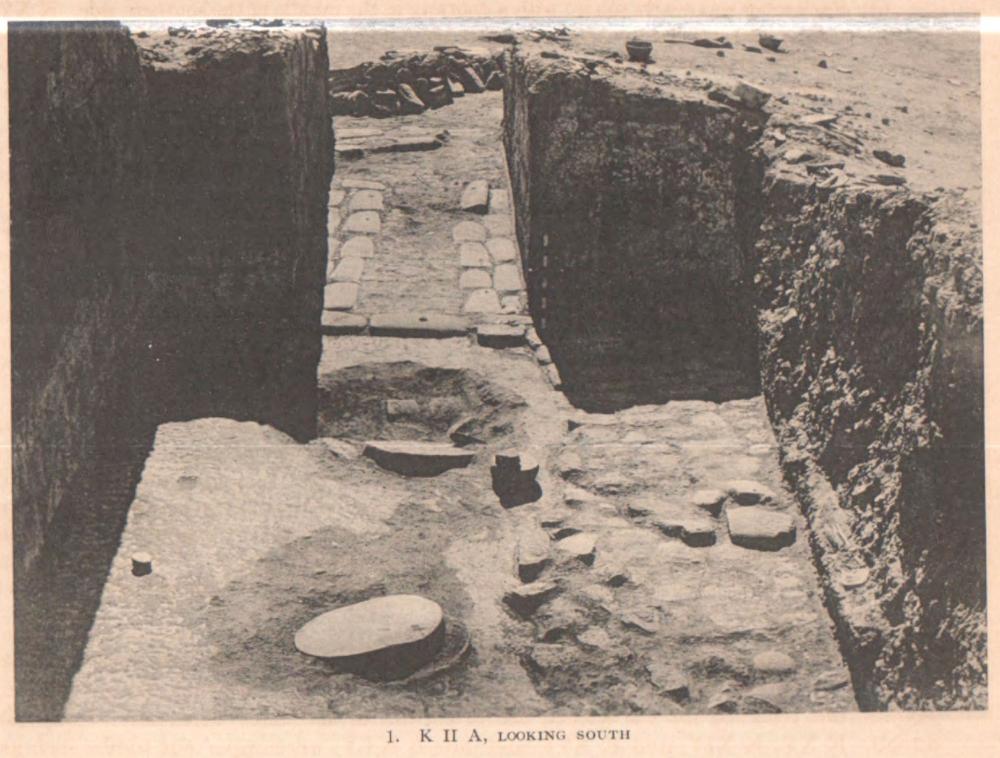
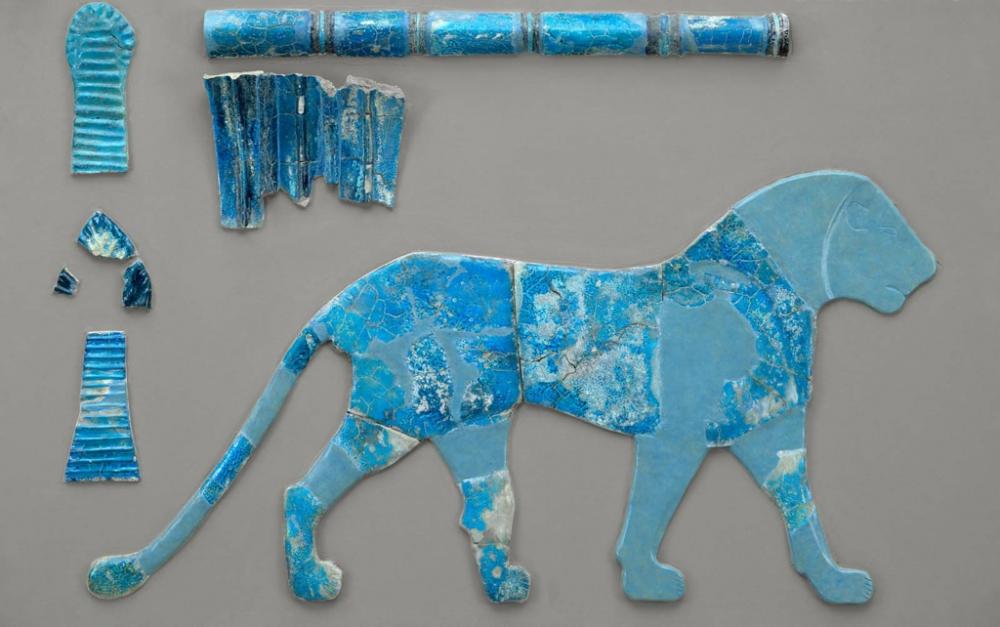
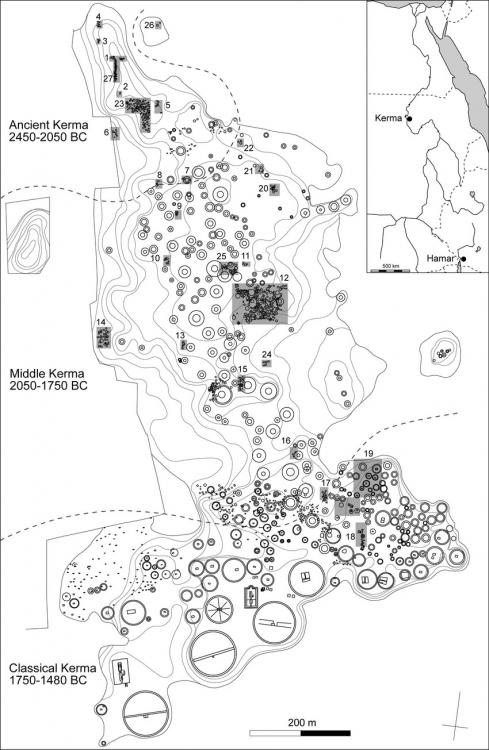




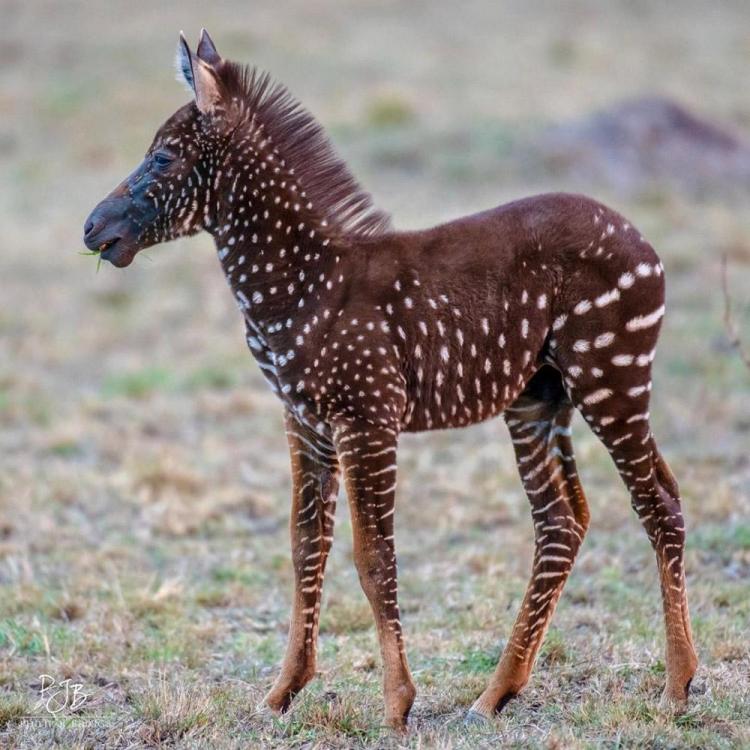



The Kingdom of Kush: A proper introduction [Illustrated]
in Official tasks
Posted
I don't want to flog a dead horse, but a while back, the idea that Kushites had stone vaults was ridiculed by one of our forum members. Although none of the structures in-game actually feature any stone vaults (our vaults are made from brick). That said, just for the sake of being complete and setting the record straight, Kushites did in fact have stone vaults. Here's an example:
Remains from another stone-vaulted chamber, I think from a grave (some of the pyramid chapels also had vaulted chambers):
I have been sooo absent these months. Sorry guys... I've been focussing heavily on visualizing many other aspects of various African histories that are unknown to the general public and aren't known to most specialists either, so I feel a heavy responsibility to make it more accessible to people. I've been posting this visual material in another dedicated history forum, which has been eating up my time. Also, I've been having serious issues loading most pages on this forum for some reason...
Anyway, research into Kushite history never stopped, and I now have a scary amount extra reference material, that I'm having some trouble organizing it in a presentable way. Anyway, I'll just make some bite sized posts for now. One thing that's quite unique to Kush in African history is the use of water pipes/plumbing in some of their elite structures. I believe aside from the Kushites only the later Swahili had developed plumbing.
This one is from Meroë, pretty sure I posted it before, but here's a different angle of the drainage pipe from the Royal Baths:
And this one is from Musawwarat es Sufra:
I also wanted to share this cool image of a tiled floor in a temple in Meroë. These kind of tiling is usually obscured by sand, which is deliberately used to cover the ruins, to protect them from the elements, but it also, well, obscures them, which means that most people don't really ever get to see them. I think they're an excellent demonstration of elite architectural finishing rarely associated with Nubian archaeology, but very much a part of the mix as well:
Most of the floors of course wouldn't have been quite as luxurious. Remains of some stone flooring in a Meroitic temple at Abu Erteila (turn of the Common Era):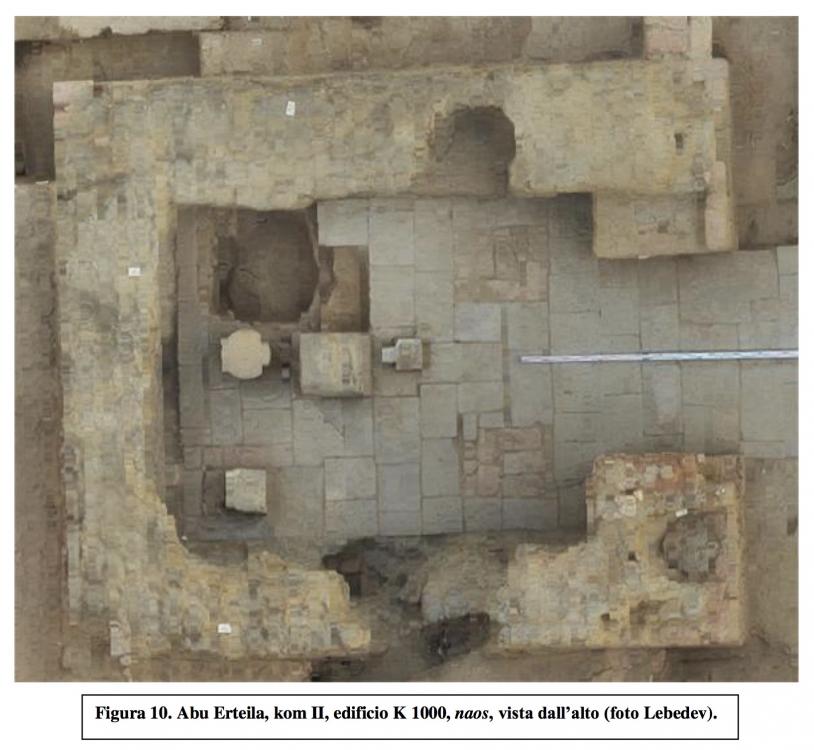
Another chamber from the same temple complex:
I actually don't think I've mentioned much about the site of Abu Erteila before, but it seems to have been yet another royal complex, complete with temples and a palace, probably built during the reign of Queen Amanitore and King Natakamani.
Site plan of the excavated sections of the temple complex at Abu Erteila:
Site plan of the excavated sections of a palatial structure at Abu Erteila:
Few more details from Abu Erteila:
Lion headed water spout from Abu Erteila:
Some of the stone lions of Abu Erteila:
I'm still a little surprised that no-one has dubbed the Kushites: "The Lion Kingdom" yet. Seems exceptionally appropriate.